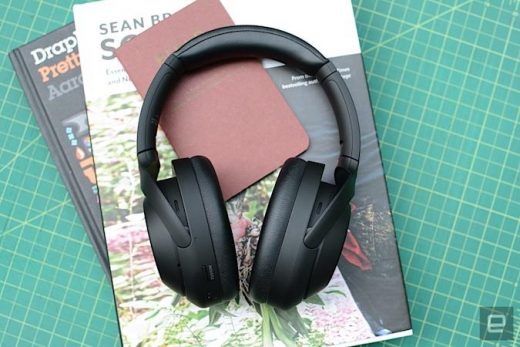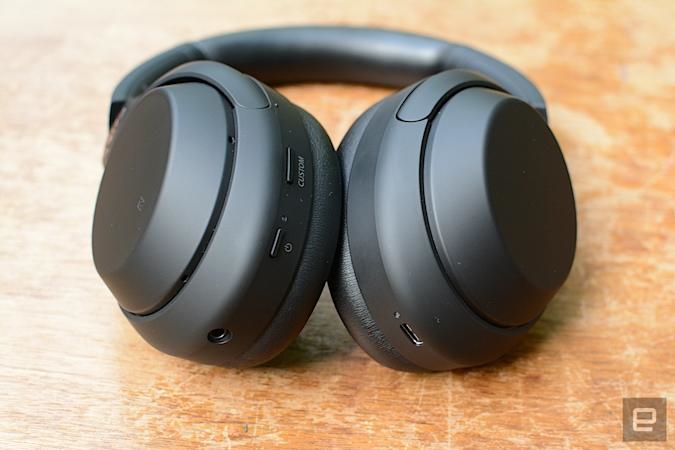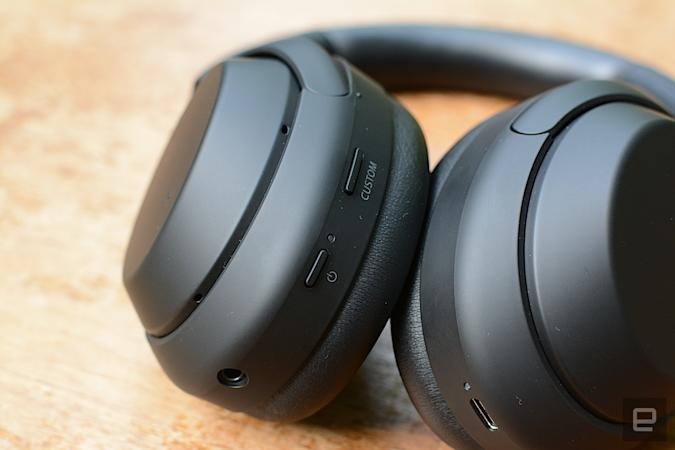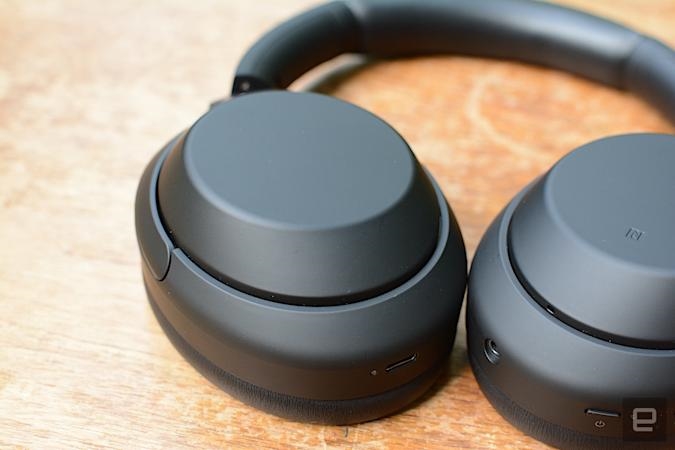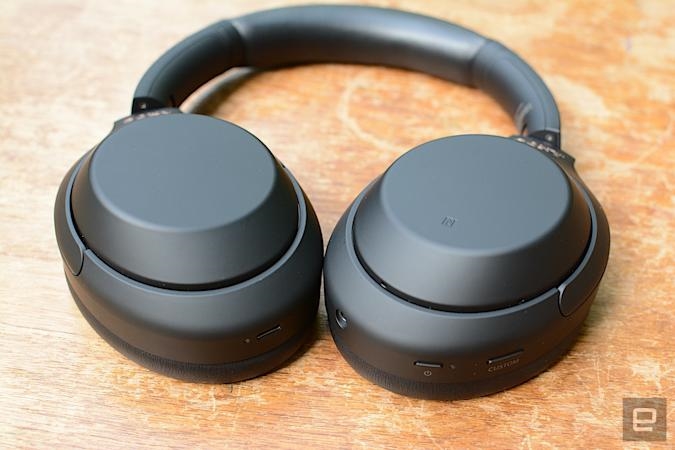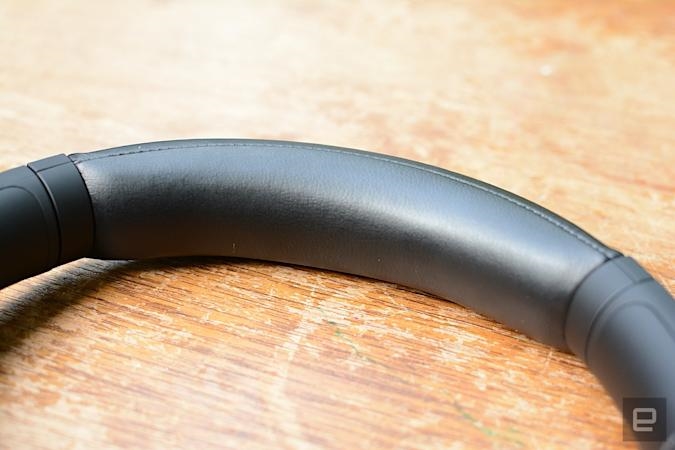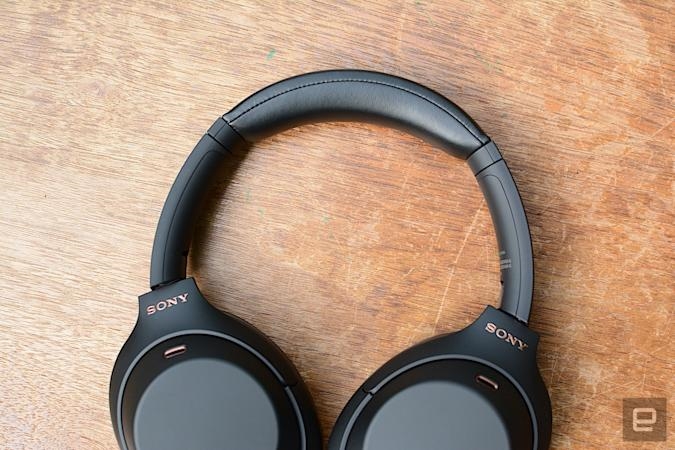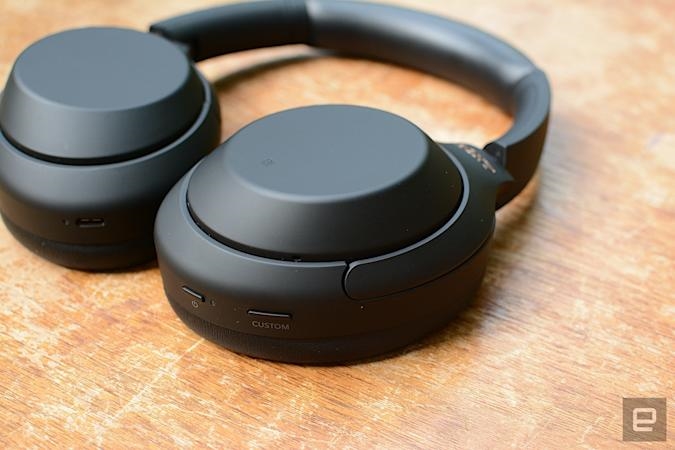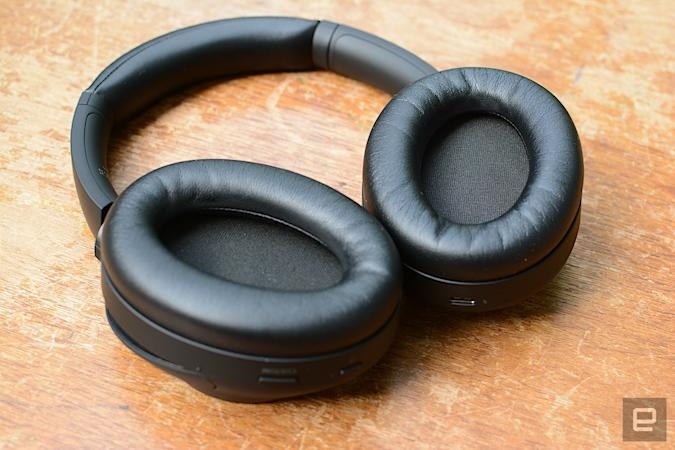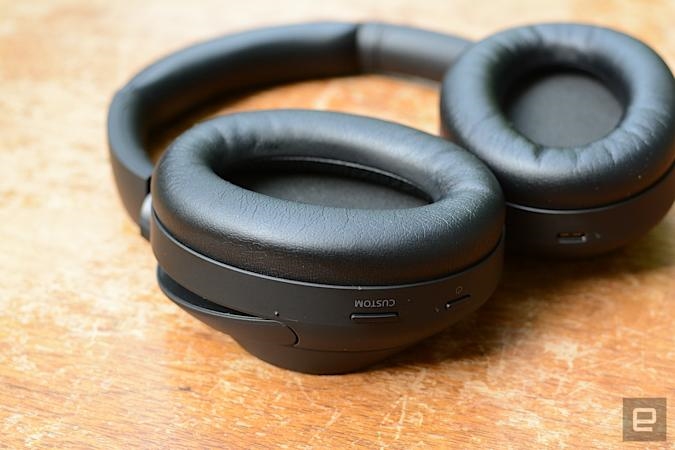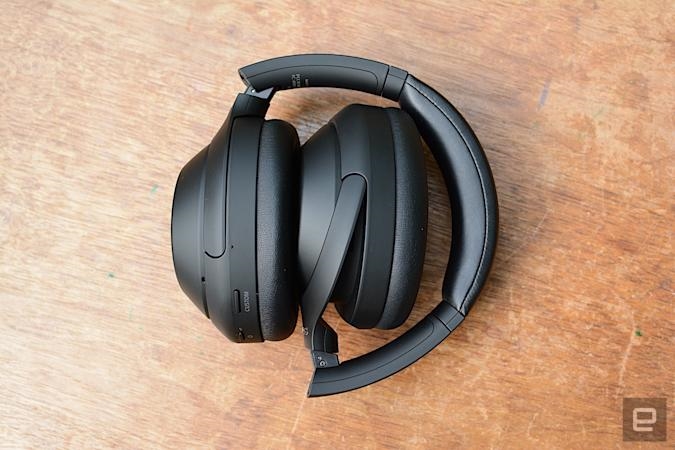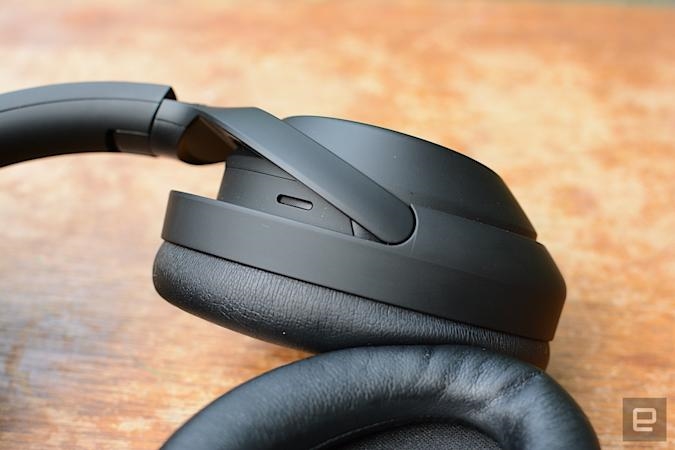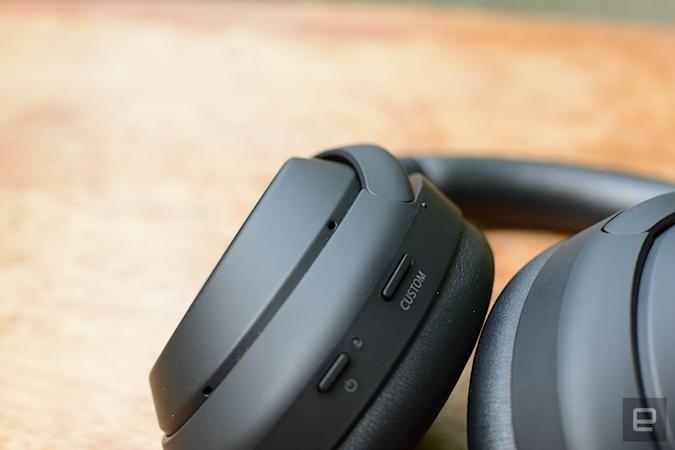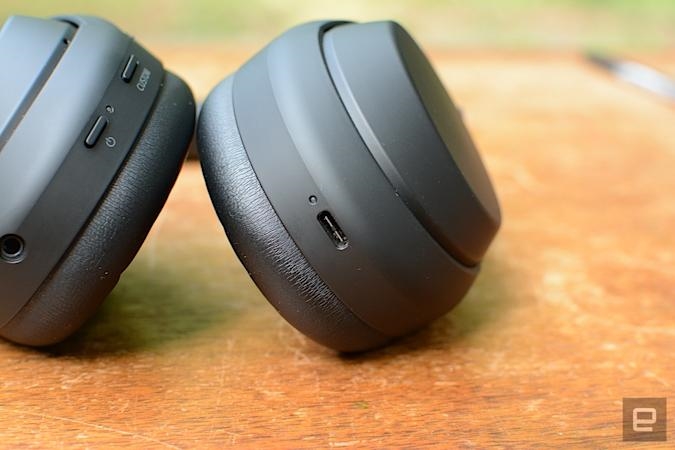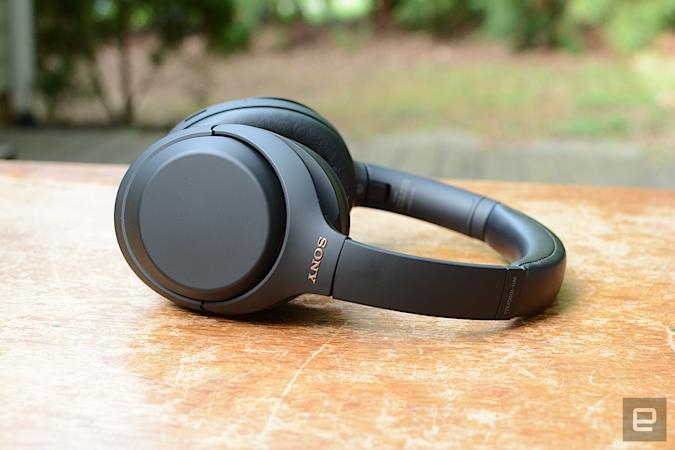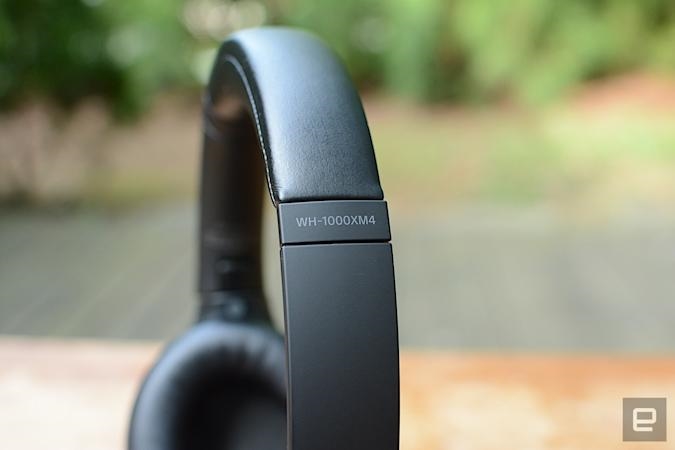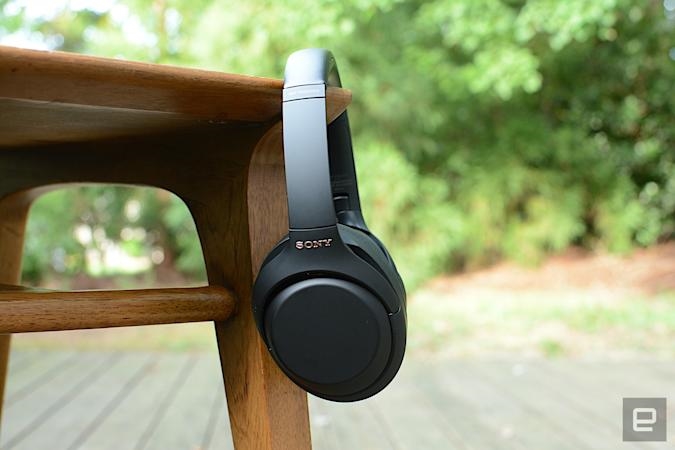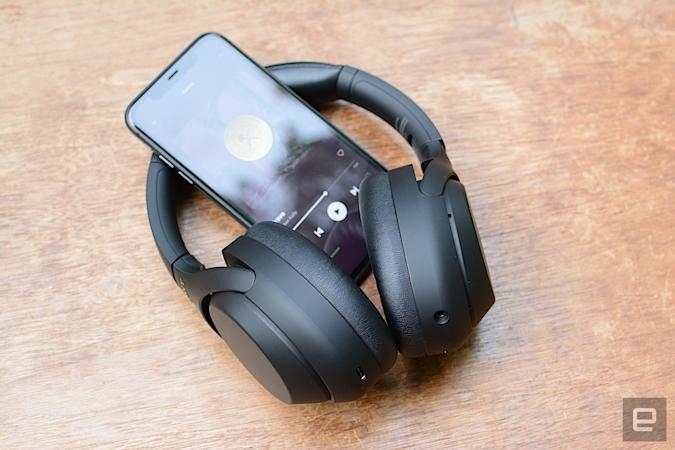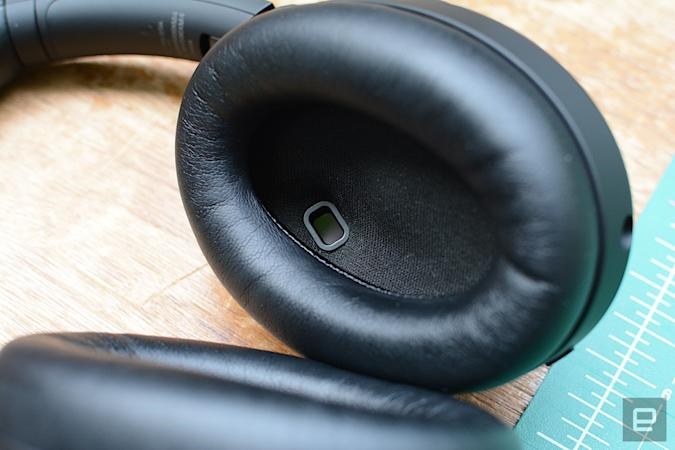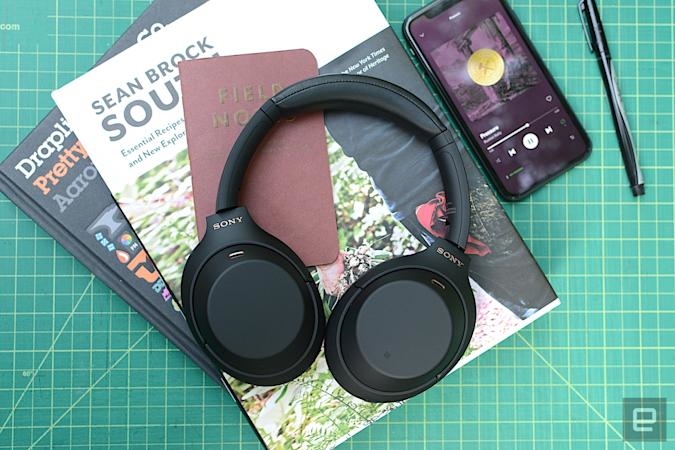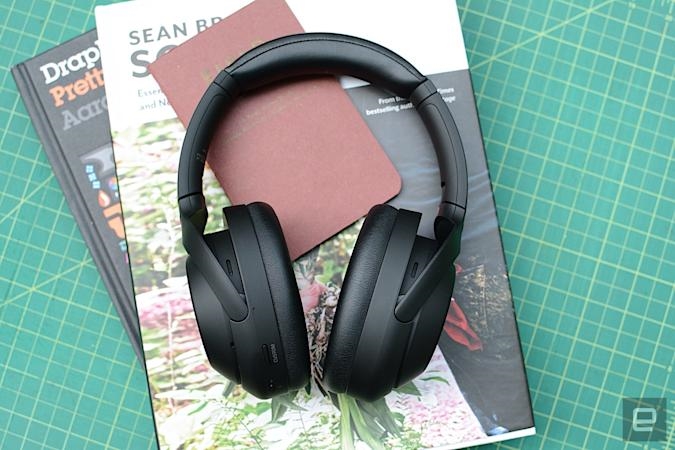The best Black Friday tech deals that are already available
Sony WH-1000XM4 review: The best just got better
Refined design, new features, same price.

Sony’s WH-1000XM3 noise-canceling headphones have been our top pick since their debut in 2018. The company continued to improve its powerful ANC (active noise cancellation), sound quality and design in the third-gen version of its flagship over-ear model. It really is a complete package — or so we thought. As it turns out, Sony had more tricks up its sleeve, and a few new upgrades make the WH-1000XM4 ($350) even better.
Gallery: Sony WH-1000XM4 review
The first change you’ll notice is the exterior: The M4 has a tactile matte coating where the M3 was a slicker plastic. The change doesn’t really alter the overall look, but the M4 does feel a bit more premium. Sony also slimmed down the headband cushion and tweaked the curve, so the newly shaped version offers a better fit. On previous versions the headband was a more oval shape, so it looked somewhat boxy — especially for people like me with huge heads. The company made some changes here between the WH-1000XM2 and M3, but the new design takes things a step further.
WH-1000XM4

Pros
- Powerful custom ANC
- Immersive sound with punchy bass
- Automatic pausing when you speak
- Multi-device connectivity
Cons
- Pricey
- 360 Reality Audio is still limited
- Adaptive Sound Control requires location sharing
Sony also redesigned the earpads so that 10 percent more surface touches the side of your head. This helps relieve some of the pressure that ANC headphones need to create a good seal on your dome. Indeed, I can tell a big difference there as I had no issue wearing the M4 for hours on end without ever feeling the dreaded vise sensation. Aside from those three key updates, the exterior to the M4 resembles its predecessor. From the earcup shape to the bronze accents on the black version, Sony kept the overall aesthetic of the M3 intact.
That includes the location of the on-board controls. The power and Custom buttons are still on the edge of the left cup. While the power button doubles as the pairing control, the Custom option handles noise cancellation by default. The button allows you to cycle through ANC on, ANC off and ambient sound mode right on the headphones. A press and hold will run the Noise Canceling Optimizer: a feature that tailors the noise cancellation to account for things like head size, glasses, hair and atmospheric pressure (for air travel). You can also opt for one-touch access to Google Assistant or Alexa here if you’d rather have that. Simply reassign the Custom button in Sony’s app.
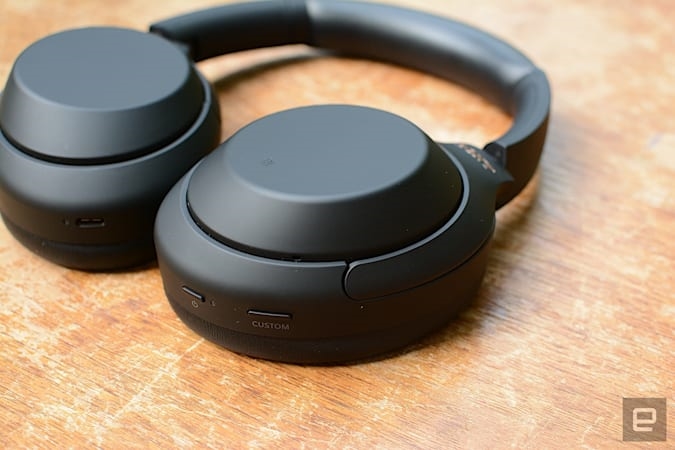
The core controls are accessible on the outside of the right ear cup. As we’ve seen before in the 1000X line, these are all touch gestures. A swipe down lowers volume while swiping up increases it. Swipe from back to front to skip tracks forward and do the opposite to go back. A double tap will pause the audio or receive/end a call. And lastly, tap and hold on the center of the touchpad to access your voice assistant. These controls frustrated us on previous models, but I didn’t have any issues from the start on the M4. They work reliably and I don’t remember ever having to repeat an action. Even with wet hands from cooking or washing dishes, I had no trouble with the M4 receiving my gesture-based commands.
Quick Attention mode returns here as well. Simply place your hand flat against the touchpad to lower the volume and activate ambient sound quickly. It’s a great feature when you need to hear an announcement or have a quick conversation. However, you don’t actually have to raise a hand in order to do this anymore.
On the M4, Sony is debuting a Speak-to-Chat tool that automatically pauses whatever you’re listening to when you start talking. No more scrambling to hit pause when your co-worker (or family member in today’s work-from home world) walks up to your desk. I was skeptical about how well this would work, but I was pleasantly surprised that it does a solid job picking up my voice. It’s not perfect, though: You have to speak rather loudly for the M4 to hear you when you first begin, so my family all wondered why I was almost yelling at them. Speak-to-Chat is also sometimes activated by a cough or sneeze, and it takes 30 seconds to resume the audio after you finish talking. You can speed things up by double tapping the right earcup like you would to pause, but the long wait for the hands-free option is a bit much. Basically, the feature can come in handy, but it needs some fine-tuning. Even if I could adjust the time before the audio resumes, that would go a long way. But if you don’t like it, you can disable it completely in the Sony Headphones app.
Sony also added wearing detection to the M4. A motion sensor on the inside of the left earcup determines when you take off the headphones and automatically pauses the music or podcast you’re listening to. Ditto for when you put it back on: the M4 will resume where you left off without you having to push a button or reach for your phone. During my tests, this worked as advertised. It’s useful when you need to have a chat and you don’t want to keep the headphones on. The M4 pauses quickly when you remove it, and the audio resumes as quickly as you put it back on your ears.
Sony’s Headphones app is the control center for the M4. It’s here that you can adjust nearly every feature available on the headphones. Most notably, you can dial in your presets for Adaptive Sound Control just like the M3 and other Sony headphones and earbuds. With this powerful feature, you can opt for the M4 to automatically change the level of noise cancellation and ambient sound based on your activity (Staying, Walking, Running and Transport). Sony introduced automatic switching based on location earlier this year, and that’s available on the M4 as well. You can either manually set a spot for a specific sound profile on a map (Home or Office, for example), or you can entrust the app to “learn locations you frequent.” This all works very well, but you have to keep location sharing on so the app can do its thing. Not everyone will be comfortable with Sony knowing their every movement.
The biggest addition to the app is the ability to connect to two devices at once. With this new feature, Sony is addressing a key criticism of previous models. And the company has made switching nearly seamless. If I’m listening to music on my MacBook Pro, I can easily answer a call with no issues, or make changes in the Headphones app, without having to re-pair with my phone. I did run into occasional issues going back to my laptop after calls, but Sony says a firmware update will improve performance of this feature in mid-August — around the time the M4 starts shipping.
In terms of noise cancellation, Sony already excelled at customization and ANC that adjusted automatically based on your location or activity. The company went a step further on the M4 with a new Bluetooth Audio SoC (system on chip) that detects outside noise over 700 times per second. And a new algorithm for the dedicated QN1 noise canceling processor applies its computing power in real time. Sony says all of that leads to better noise blocking across the frequency curve. While I couldn’t put that claim to the test on a flight, I can attest that the M4 does a masterful job of cutting the commotion at home. Whether it’s voices or the TV, these headphones have allowed me to focus on being productive at a time when my entire family is at home all day and distractions abound.
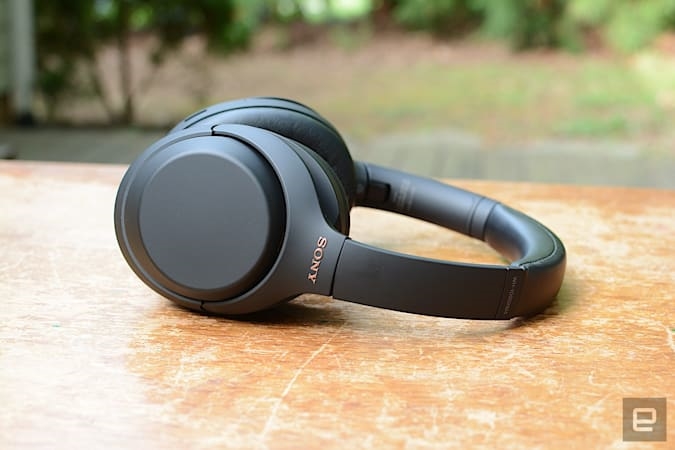
While you can choose from a selection of audio presets, or manually adjust both the EQ curve and level of Clear Bass, the M4 sounds amazing right out of the box. Depending on the genre, I might make some tweaks. But more often than not, I rode with the default tuning. There’s plenty of punchy bass when songs demand it, so Run The Jewels’ RTJ4 has all the boomy low-end tone the artists intended. Even with ample bass, there’s no loss of detail as the M4 offers an immersive sound stage and excellent clarity with tracks from Spotify. That attention to individual instruments and sonic subtlety makes the acoustic duo Watkins Family Hour a joy to listen to. Layered atmospheric post-rock compositions from Caspian feel like you’ve ventured inside the studio.
With the M4, Sony updated its spin on digital sound processing (DSP), the Digital Sound Enhancement Engine (DSEE). The previous version of the tech DSEE HX upscales compressed music files to bring them closer to the original high-res versions. With the new DSEE Extreme, the company says it made the upscaling more accurate, thanks to Edge-AI that analyzes music in real time. That process can detect instruments, genres and “individual elements” to make the audio restoration. As with most features, you can turn it off in the Sony app, but it does make a noticeable difference. Tracks have more presence, depth and detail with DSEE Extreme enabled.
And then there’s 360 Reality Audio. As was the case with the M3, the new M4 works with Sony’s immersive sound format. If you haven’t tried it before, you’ll have to take some awkward ear selfies with the Headphones app so the software can create a profile specifically for you. In my case, I had already done it, so I was spared. From there, you just need a high-res streaming subscription that gives you access to 360 Reality Audio tracks. Amazon Music, Tidal, Deezer and Nugs.net offer that luxury, but it’s more expensive than a “regular” plan.
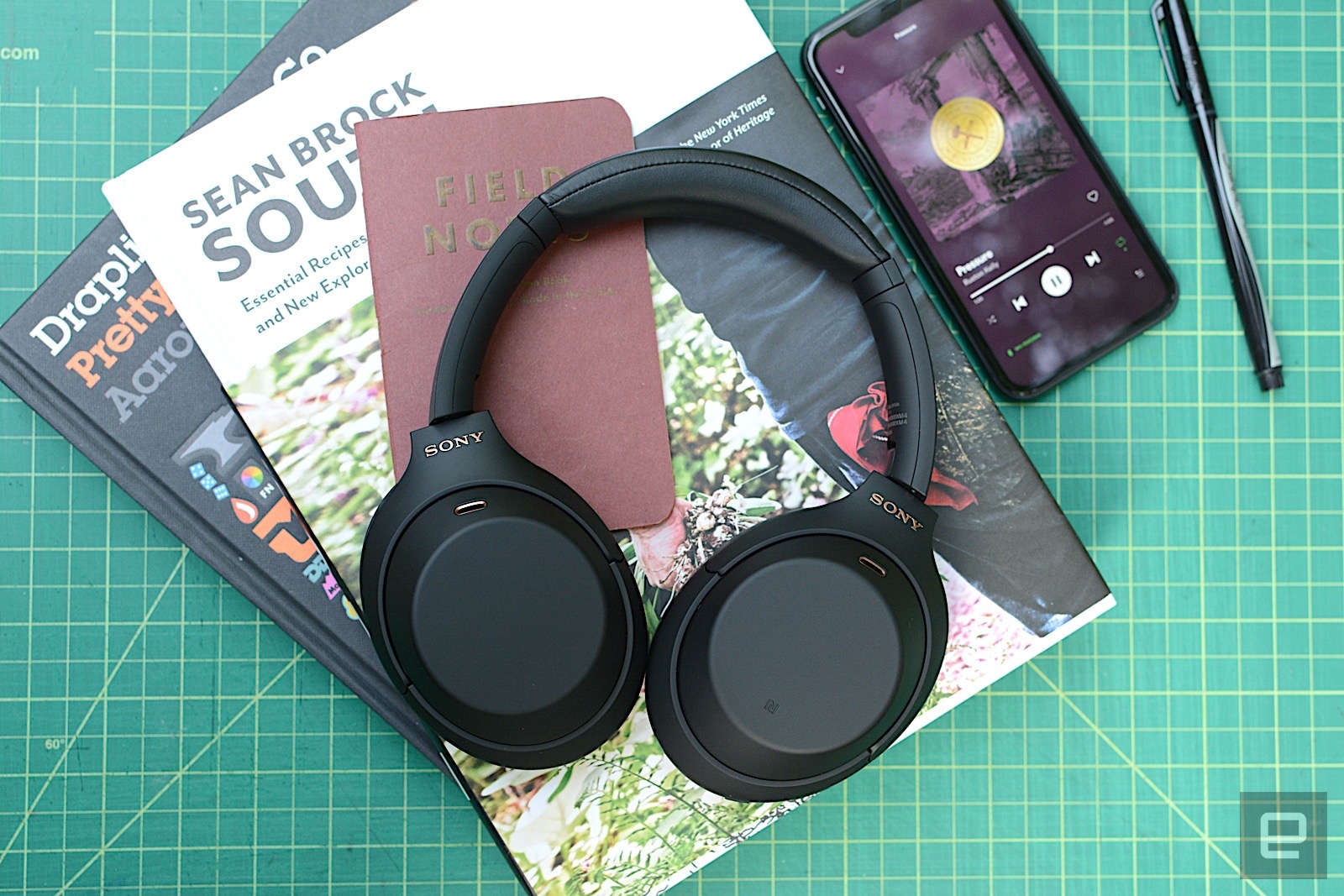
This fall will mark a year since Sony launched the platform in earnest, and the selection on most of these services is still very limited. Tidal, for example, has a collection of playlists, but it’s a lot of older music (David Bowie, Miles Davies, etc.). You probably won’t be able to find a lot of what you want to listen to available in the format — especially if it’s a new release. And for that reason, the extra monthly cost still isn’t worth it yet. The tracks sound a lot better, and they are indeed more immersive and dimensional than the standard counterparts on Spotify. But until the content library is more robust, I can’t justify splurging just for 360 Reality Audio. Those plans do offer high-res streaming of other tracks, but if you’re solely looking for that 3D-esque sound from Sony, you’ll probably be disappointed.
Like the M3, Sony says the M4 will last for 30 hours on a charge. That’s plenty of time for a feature-packed set of noise-canceling headphones. And thankfully, the company’s claims are right on. I’ve been using it for a few hours a day for about a week and I haven’t had to plug it in yet. And I’ve still got juice in the tank. I’ve been using ANC, ambient sound, Speak-to-Chat and other features constantly, so my experience is certainly “normal use.” If you do find yourself in a pinch, a quick-charge feature will give you five hours of play time in 10 minutes. Essentially you can get enough battery life to get through most of a work day in the time it takes you to make a quick breakfast.
The direct competitor to the M4 is the Bose 700. Bose had its work cut out for it when Sony debuted the M3, and the company answered. The 700 has Bose’s trademark noise cancellation that does a great job in nearly any environment. The key difference is in the features. Sony simply allows you to customize the ANC and a host of other factors to make the M4 fit all your preferences. Bose lets you make changes, but not nearly to this extent. And there are so many things on the M4 that are automatic. At launch, the 700 was a pricey $399.95, but now the company has it for $339.95, as do most retailers. If $350 is too much for you, Sony’s WH-CH710N is a great budget pick. It has only been around for a few months, but it’s currently available for $128 at Amazon and Best Buy (originally $200). The 710N doesn’t have all the flashy features as the 1000XM4, but it does offer solid audio and respectable noise cancellation. Plus, the 710N is lightweight and super comfy.
It seemed like there wasn’t much to improve after the WH-1000XM3. Perhaps that’s why Sony waited so long to introduce a new model. At any rate, the company has added a bunch of small changes that combine to make a big difference. The M3 was already a near-perfect set of ANC headphones, and the M4 edges closer to the pinnacle. A refined design, improved audio and new features firmly plant WH-1000XM4 at the top of our best headphones list right out of the gate. Now we’ll wait and see if anyone can dethrone the king.

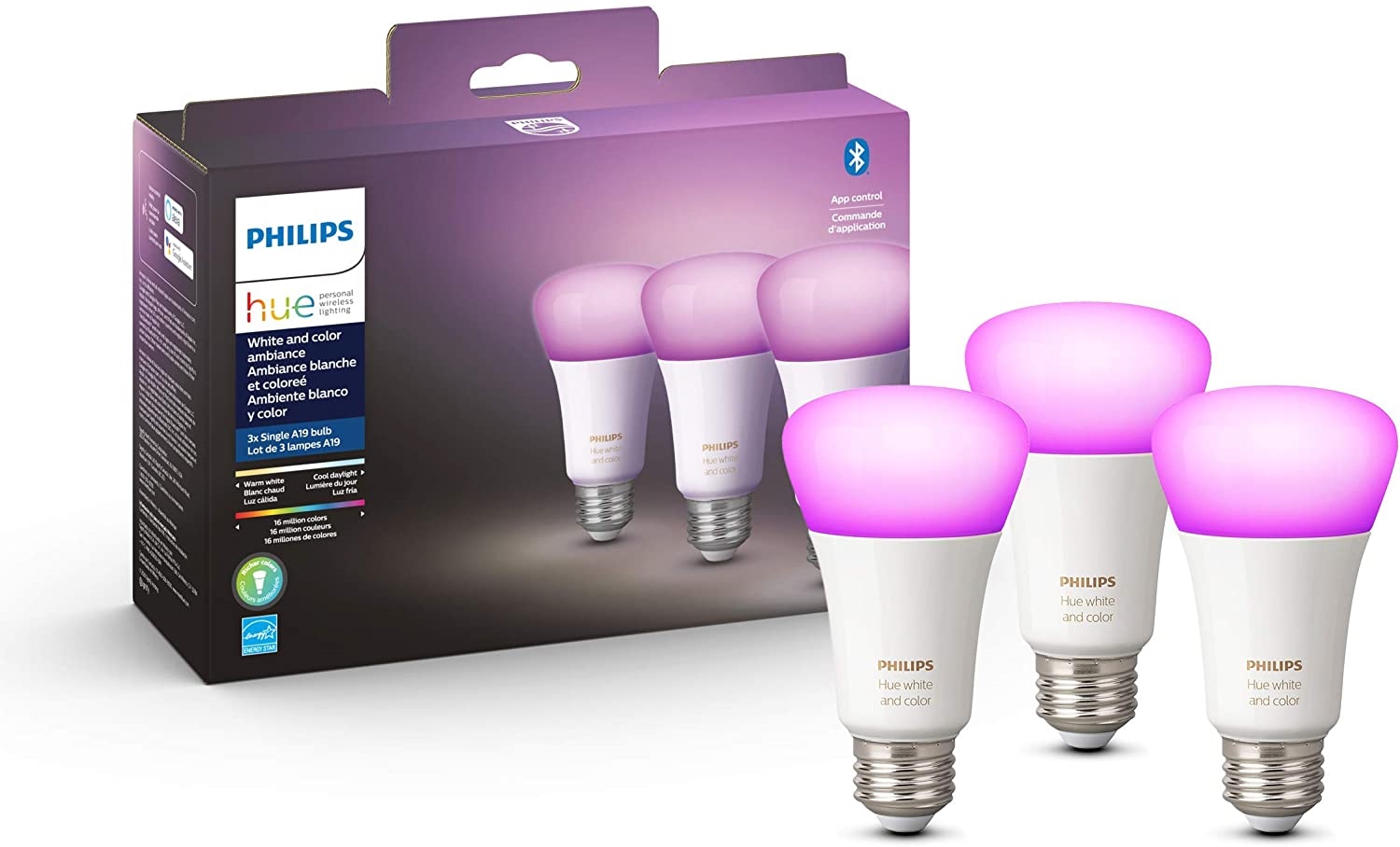
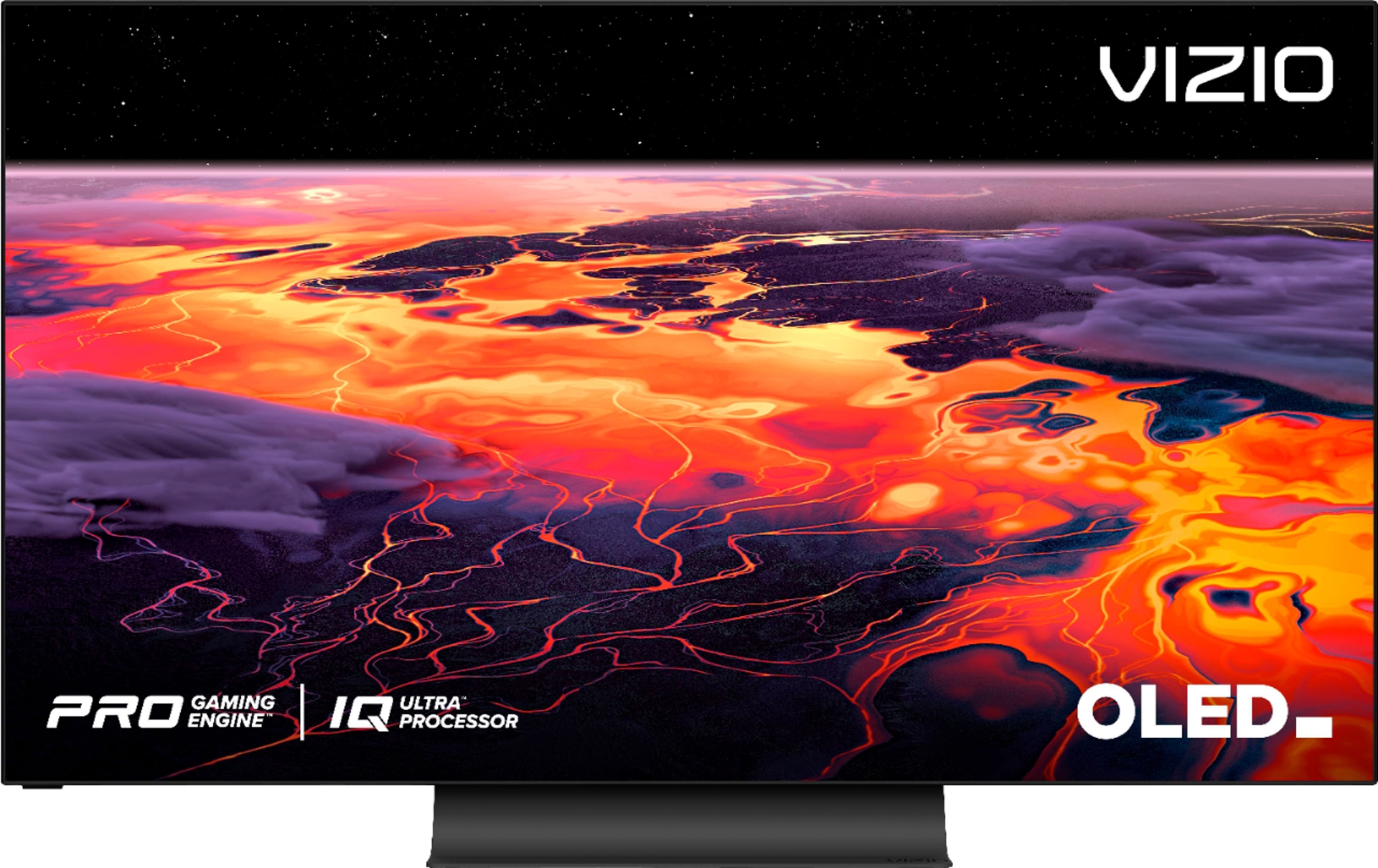
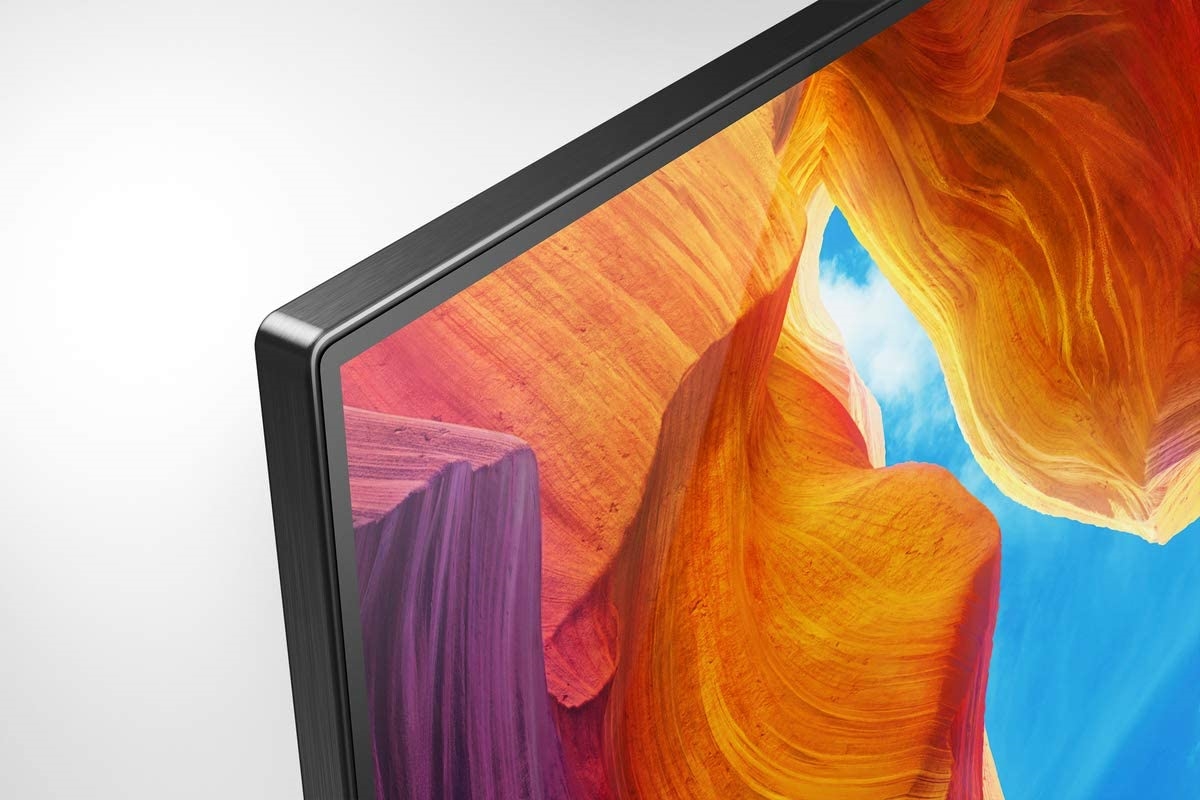

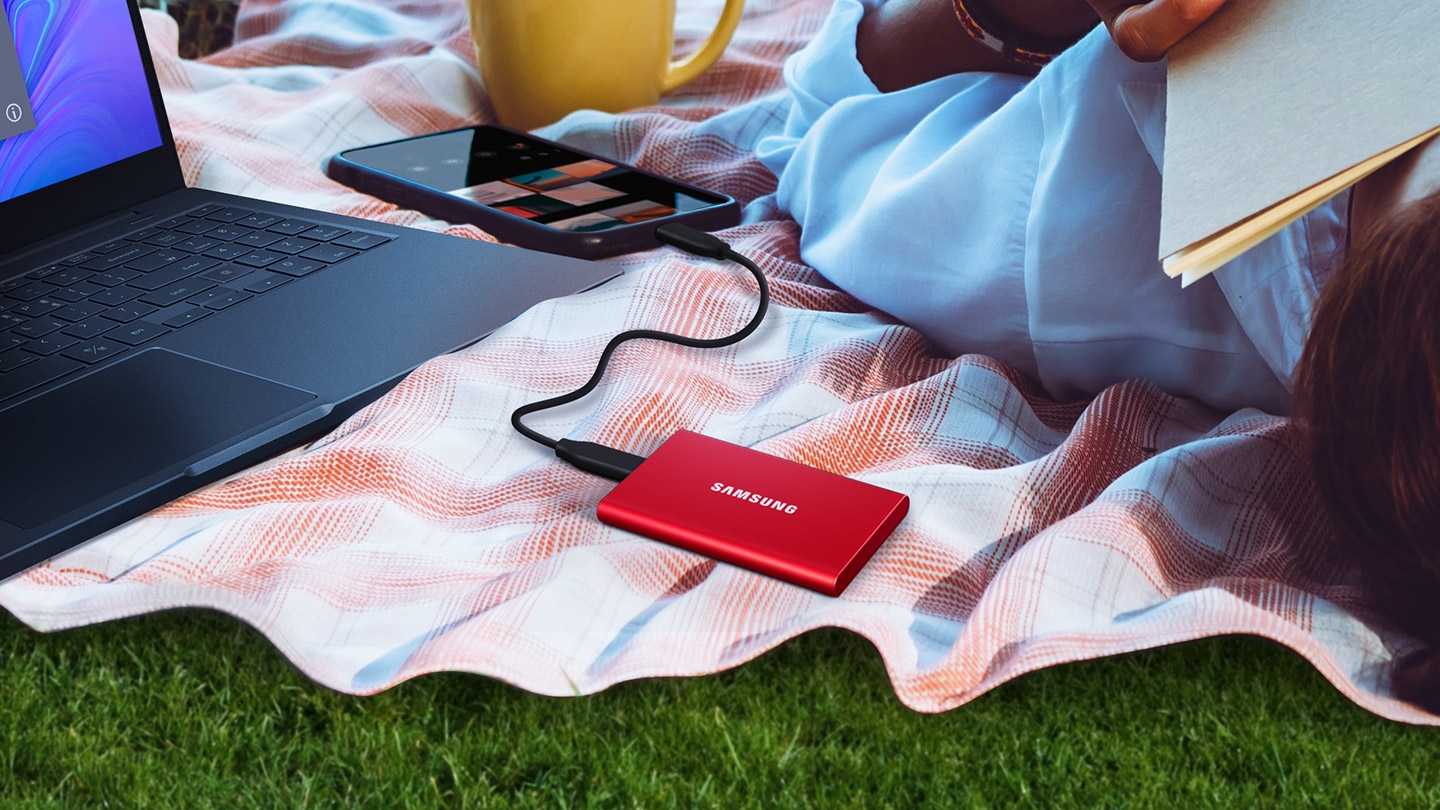
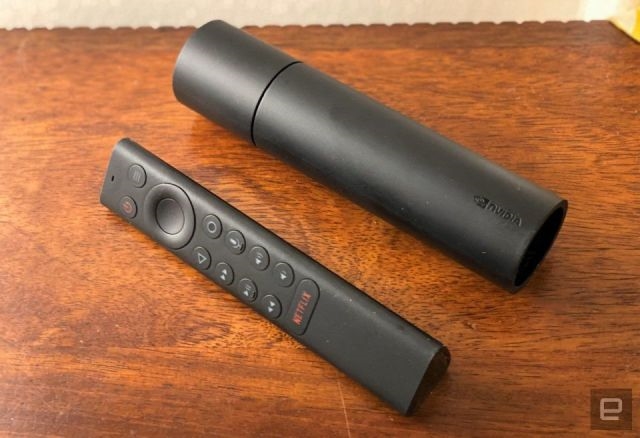
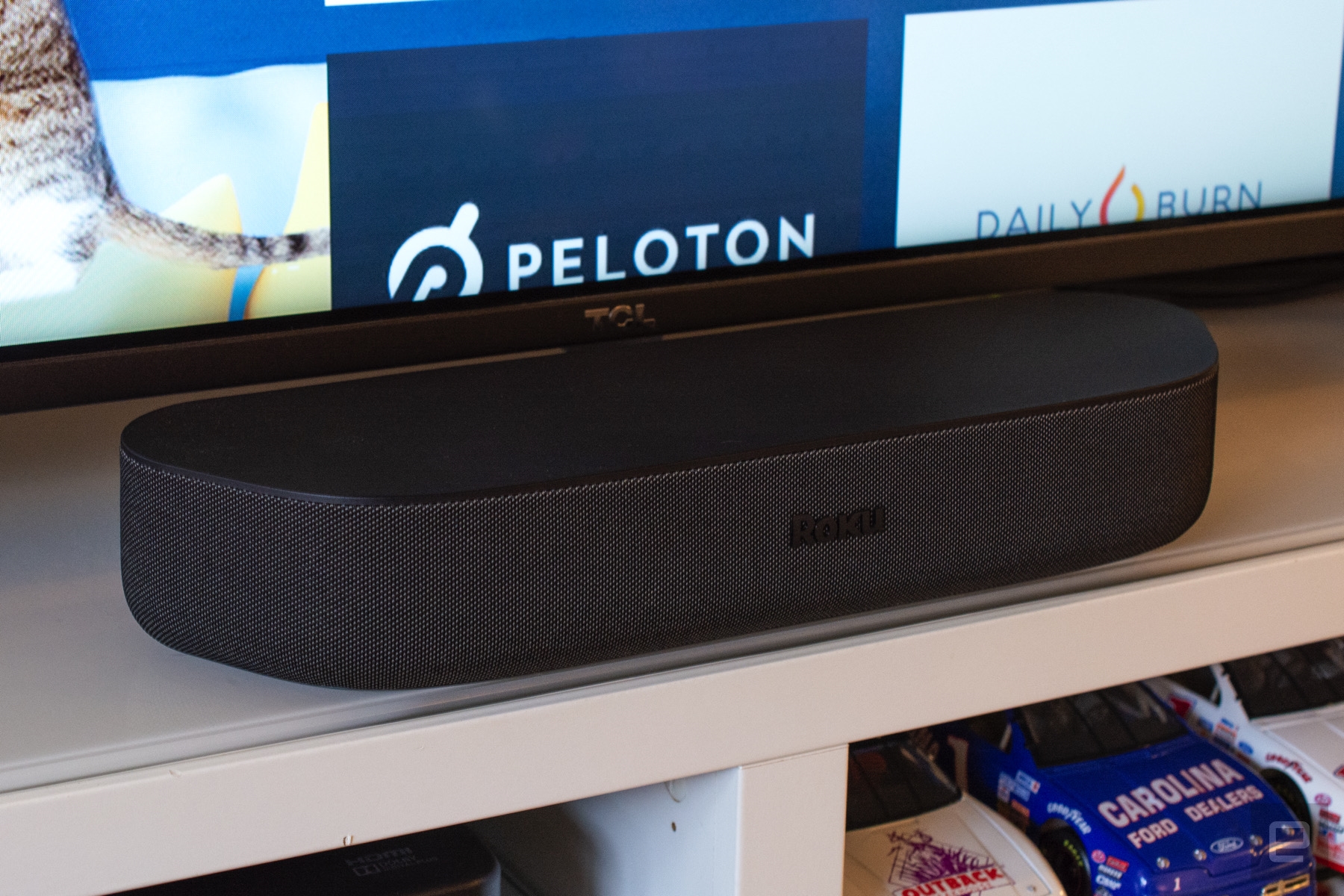
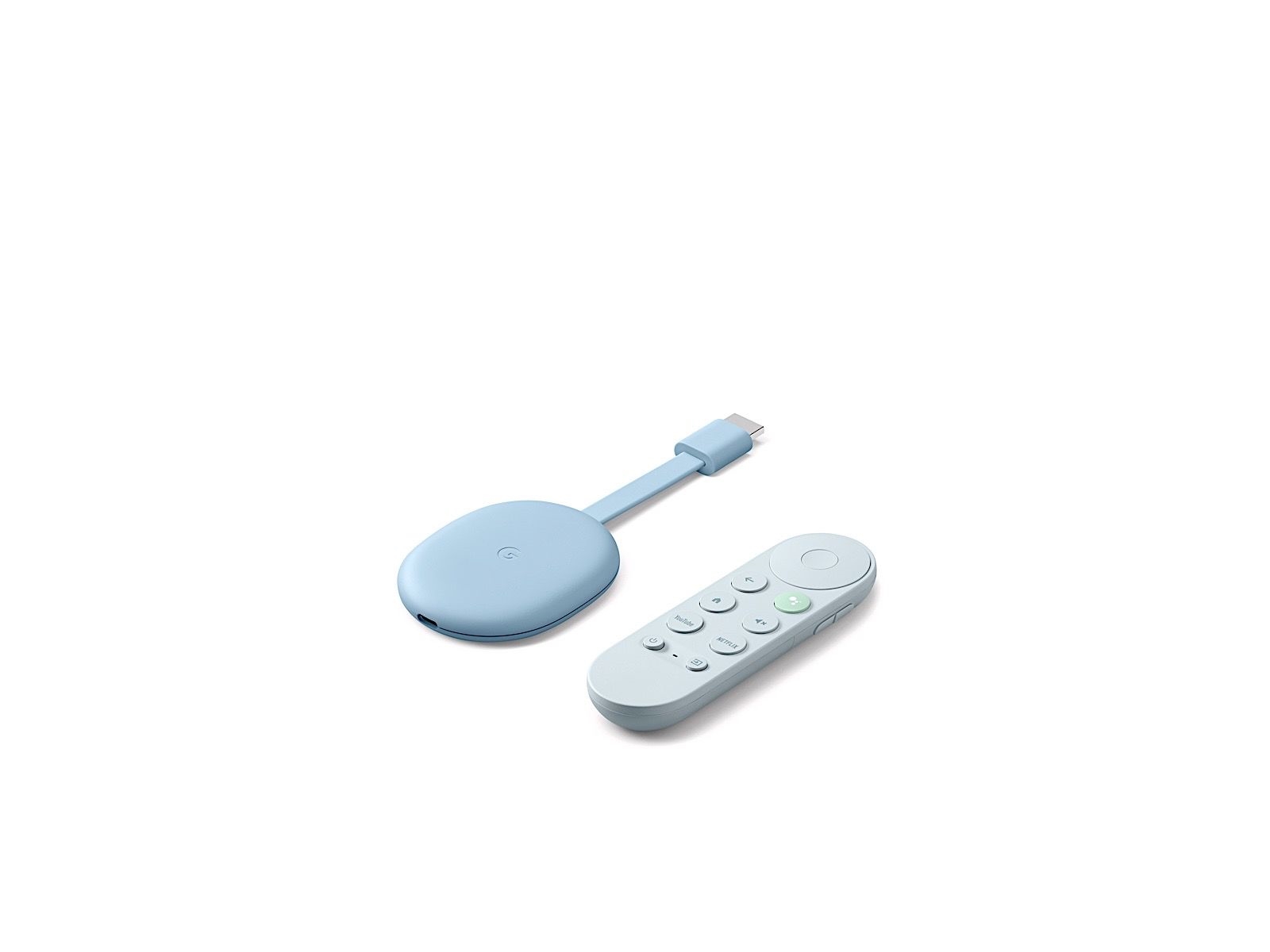
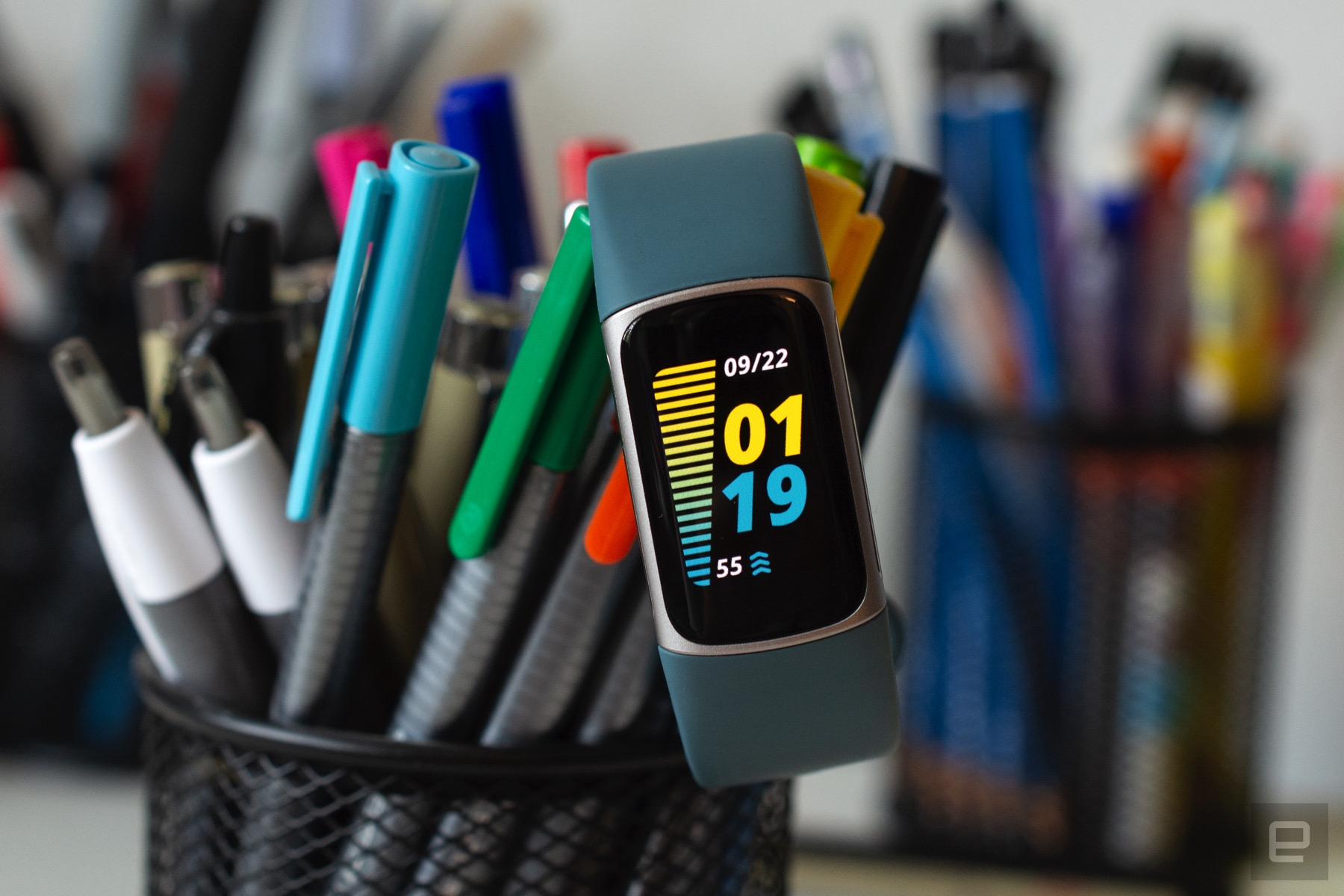
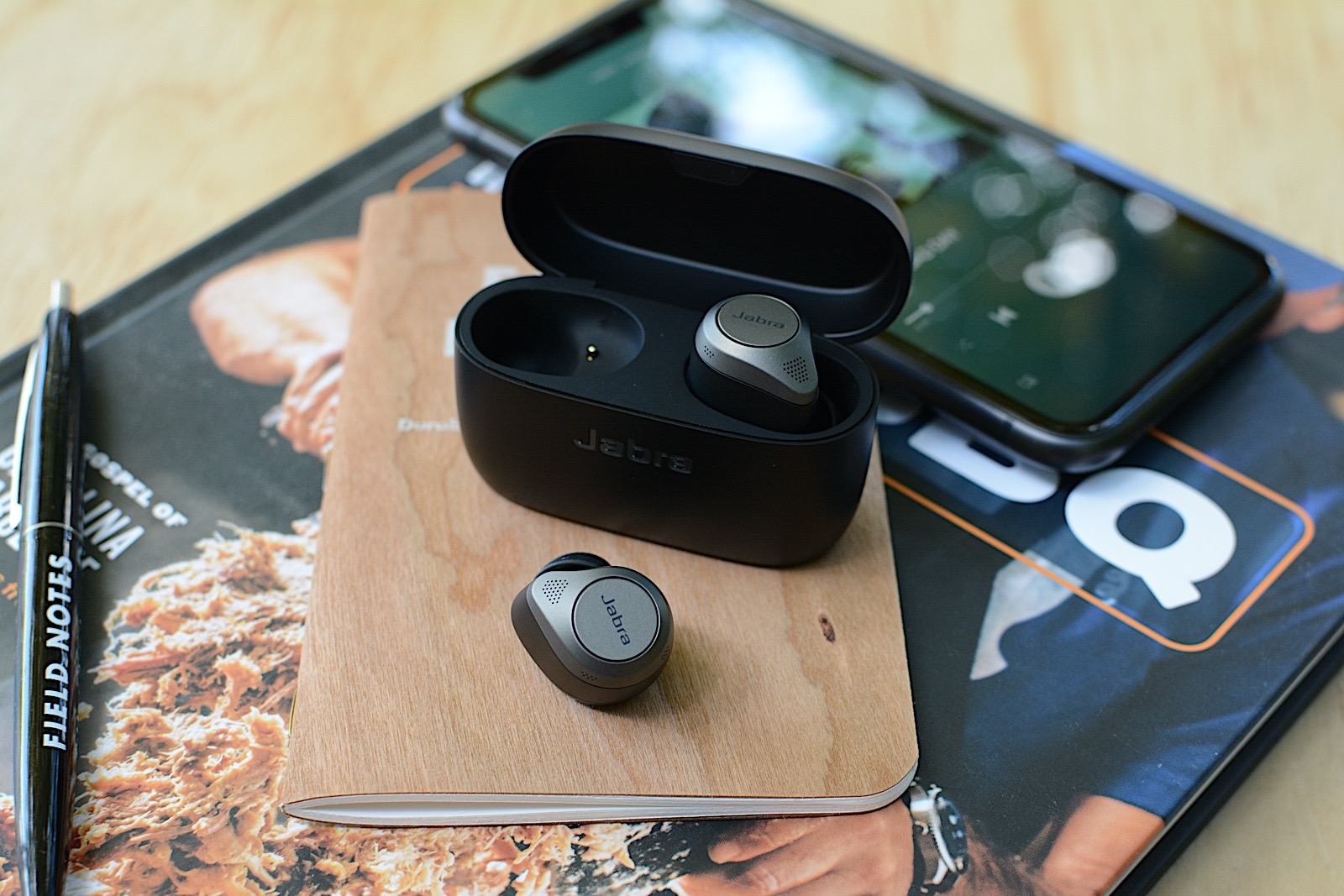
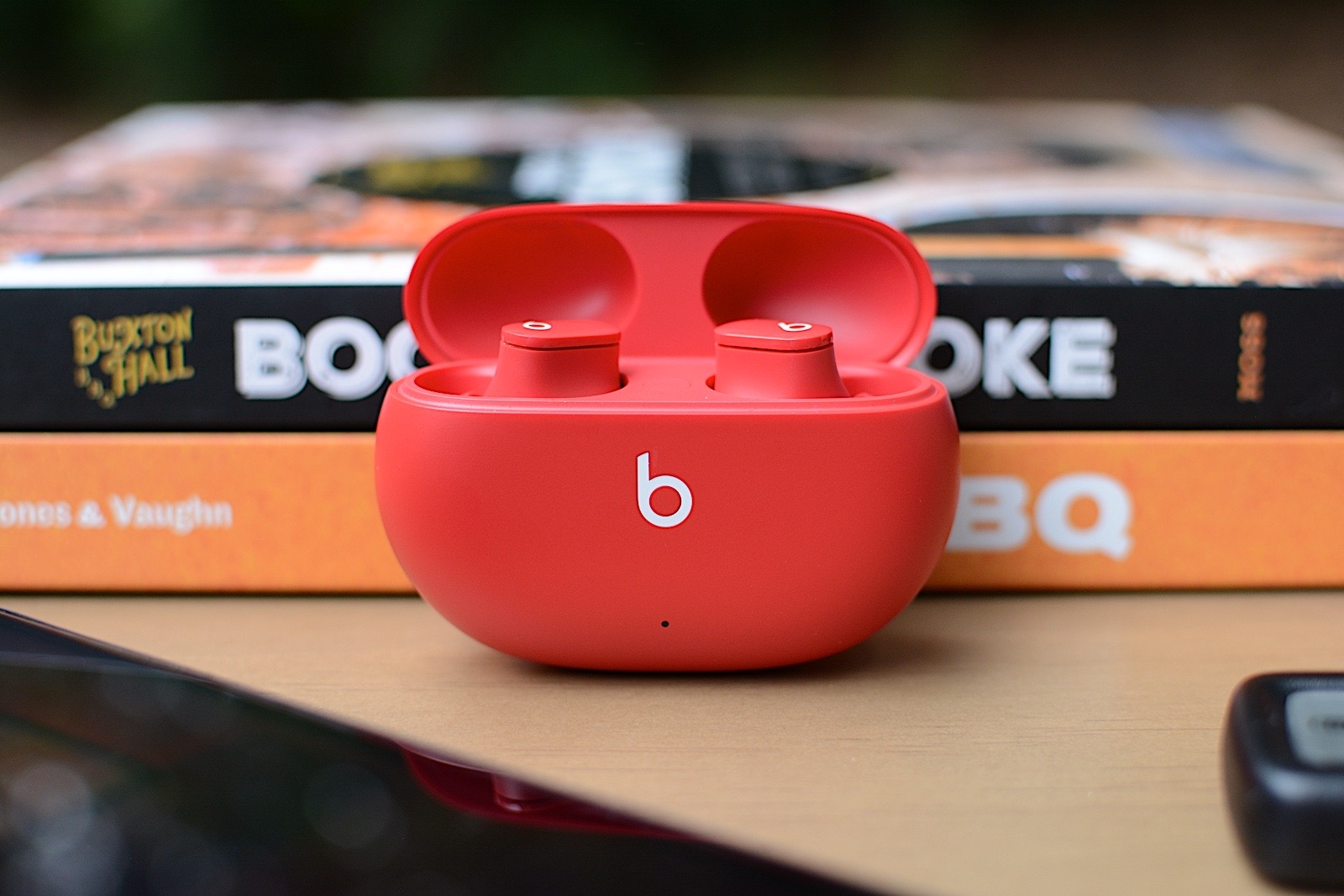
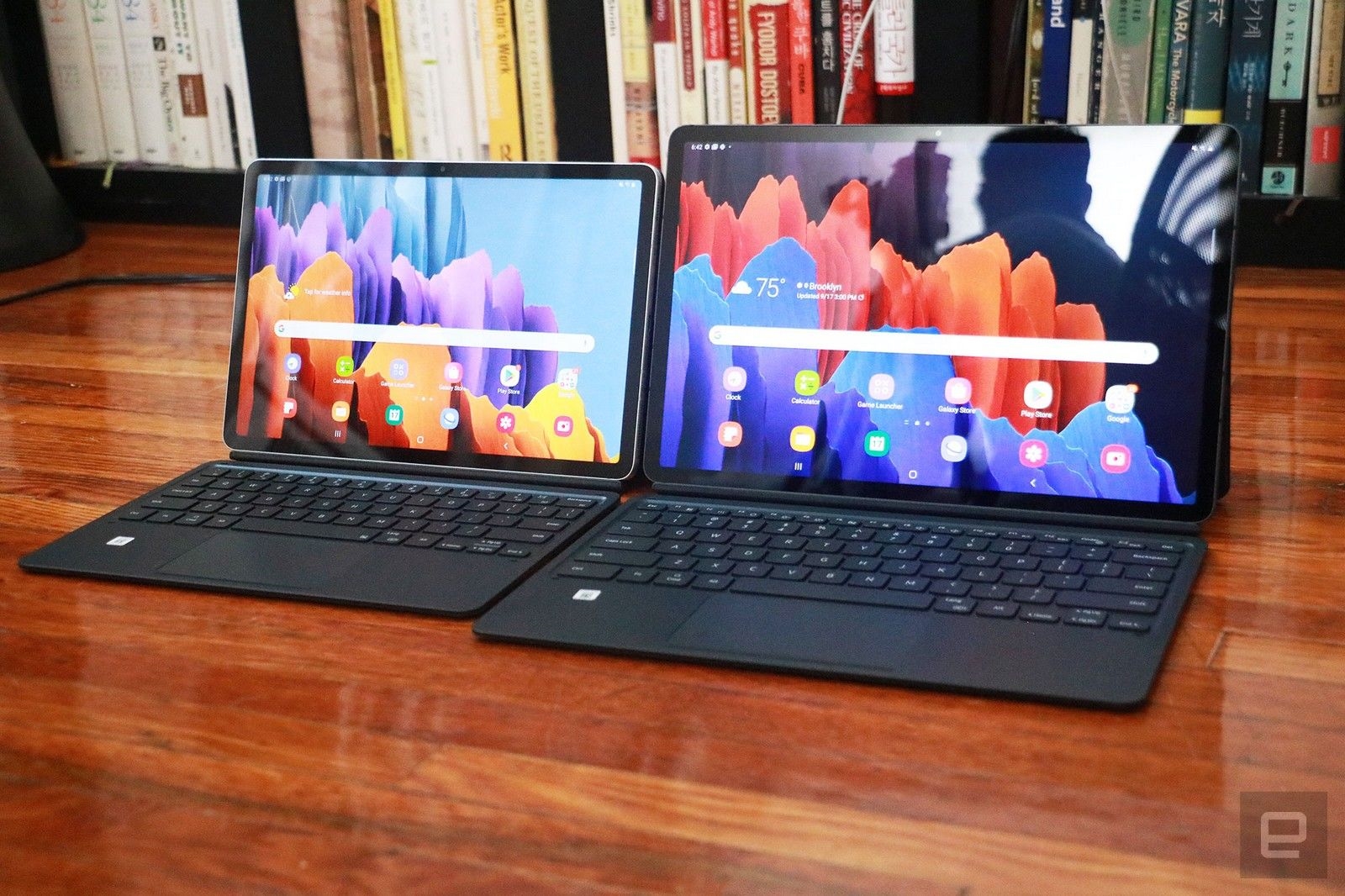
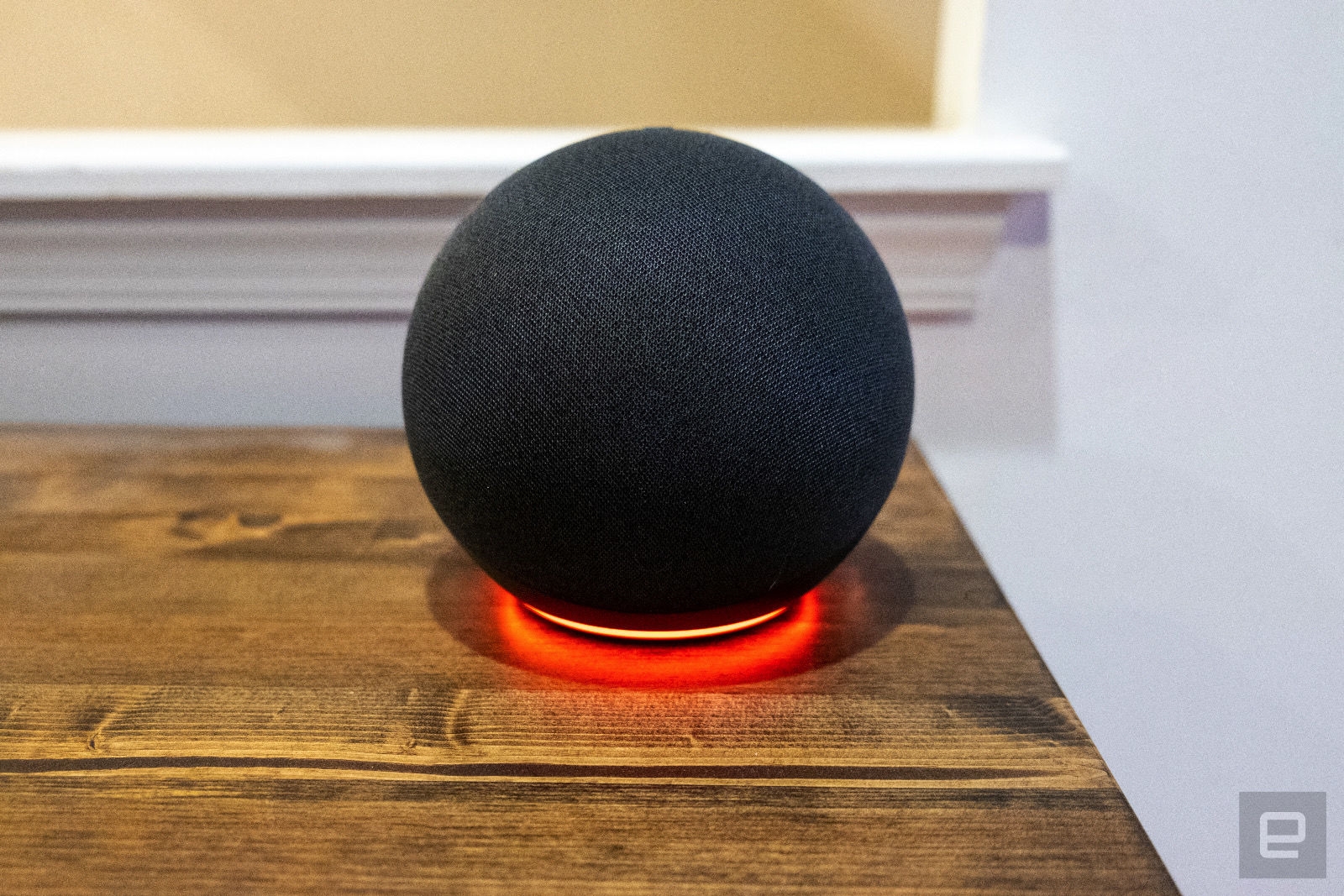
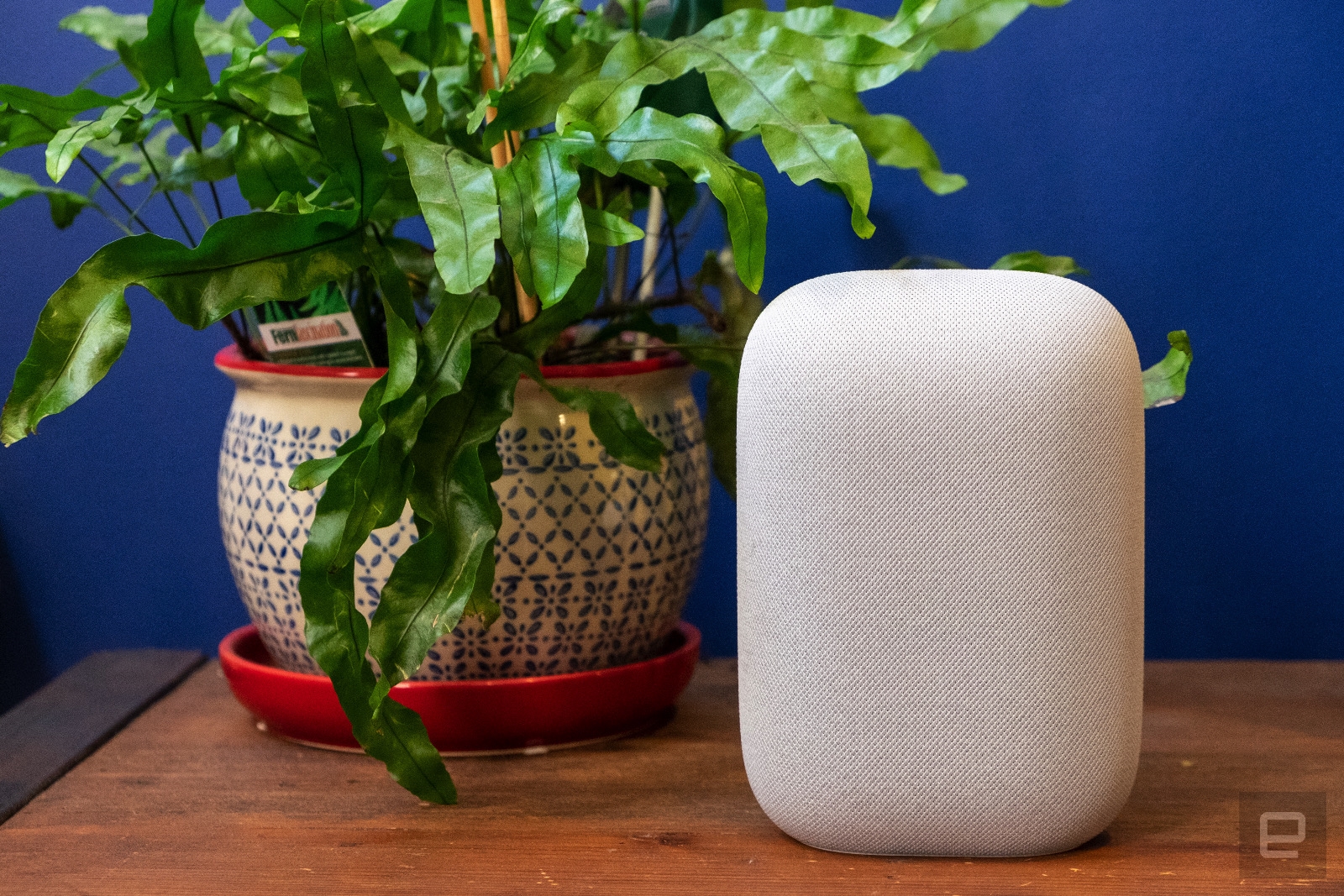

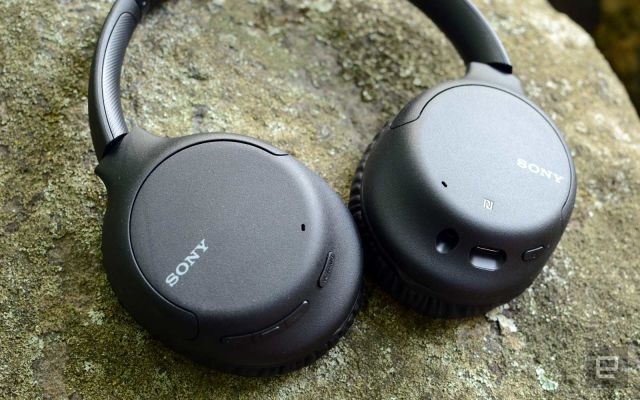
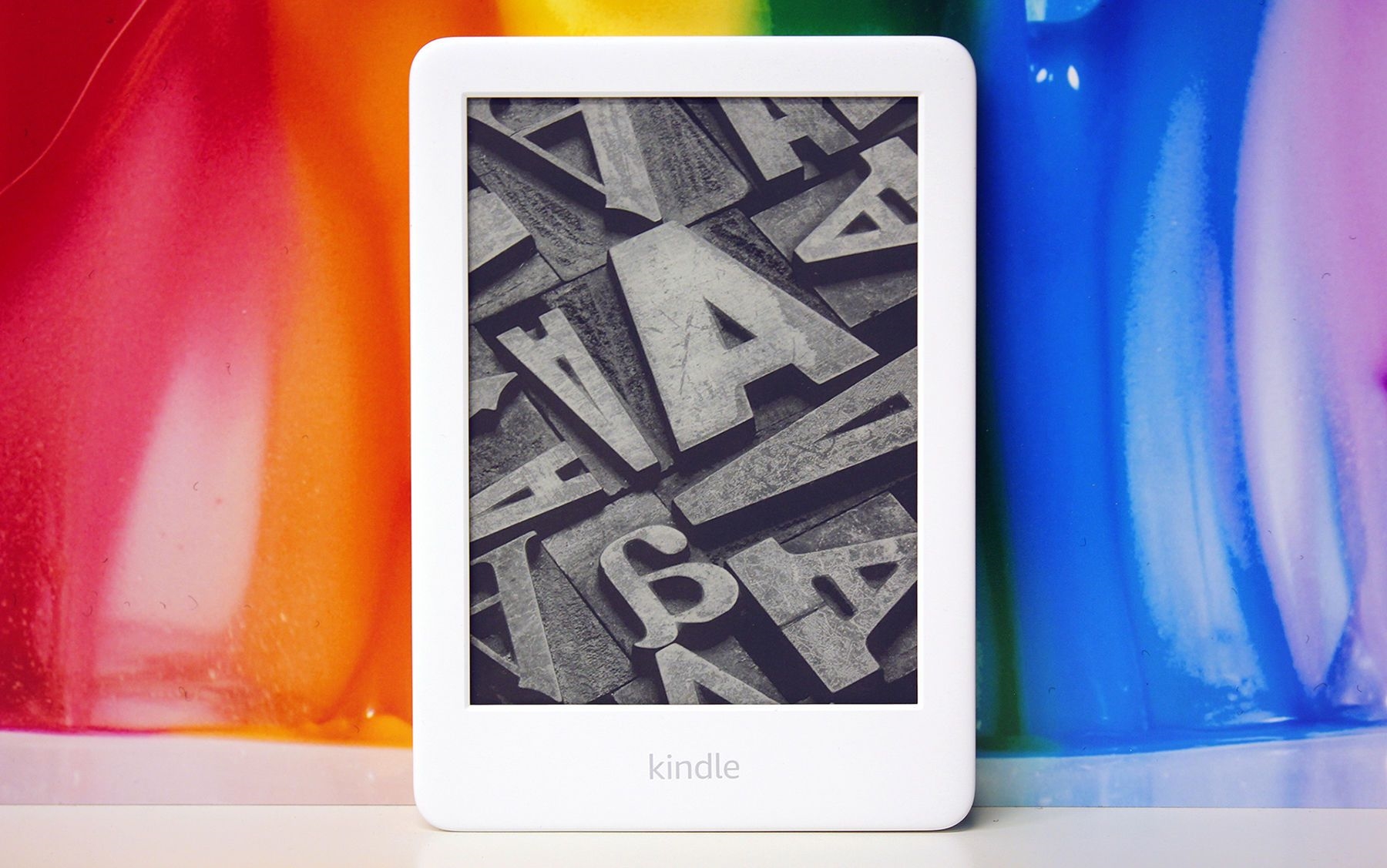
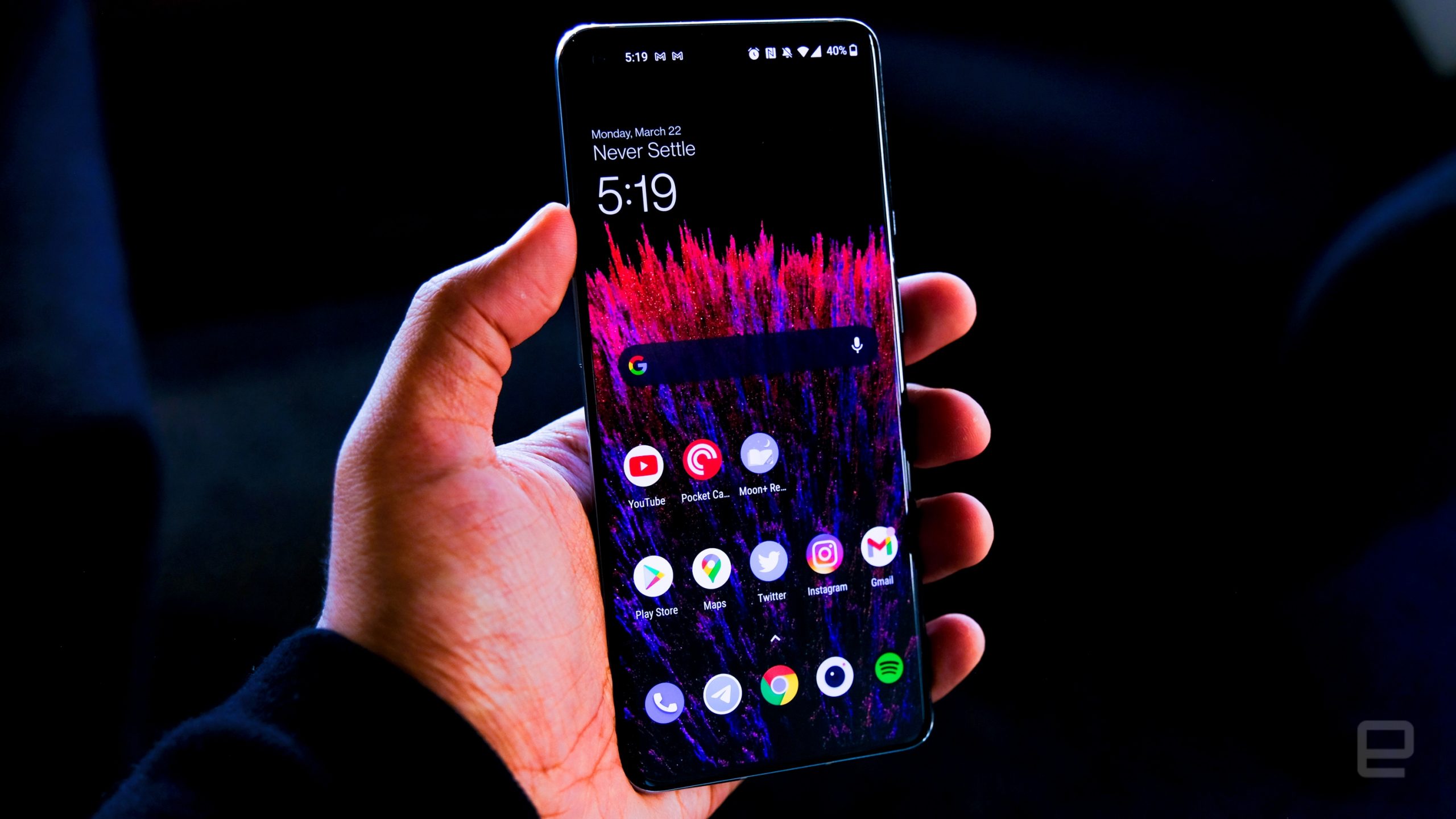
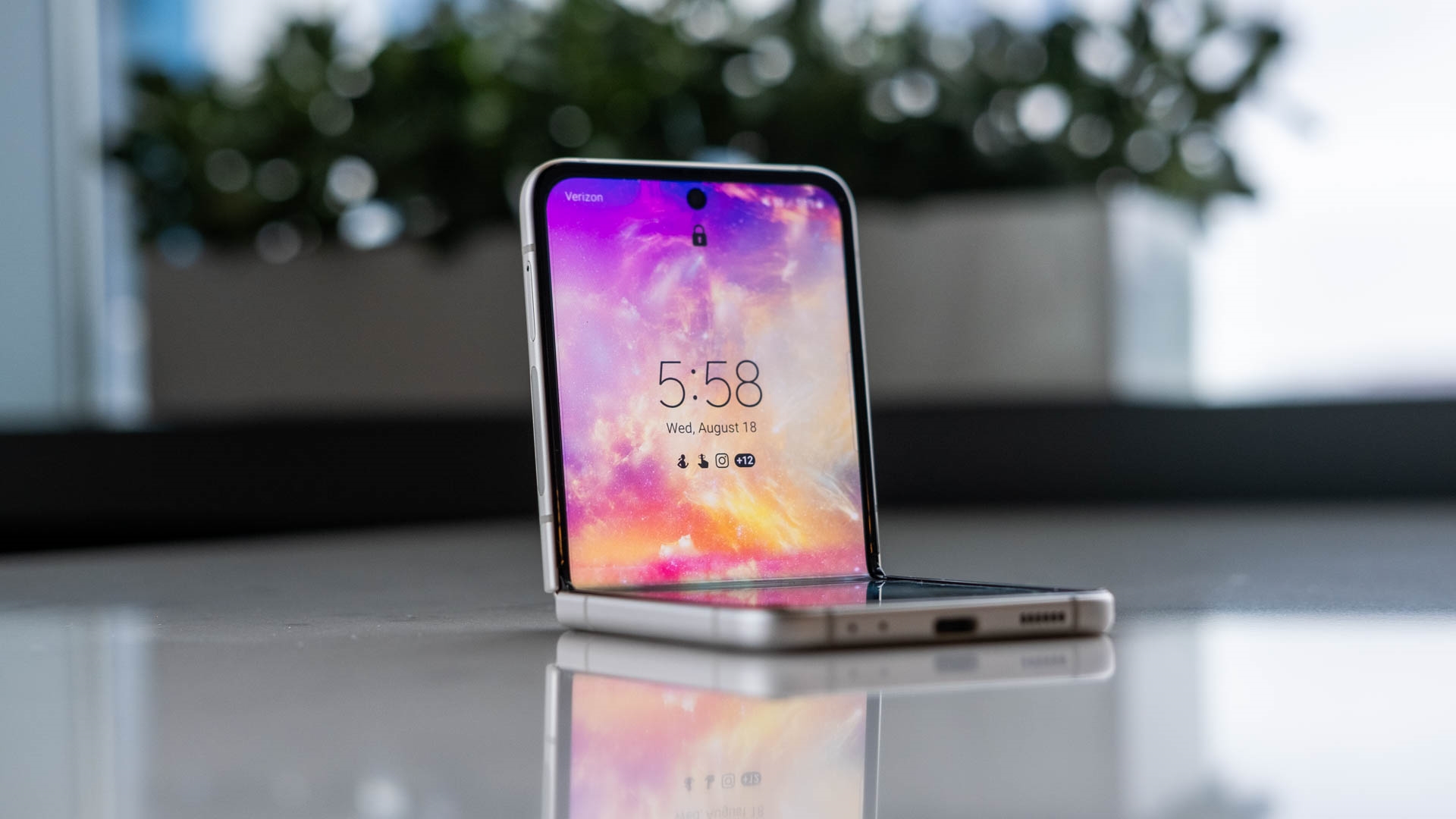
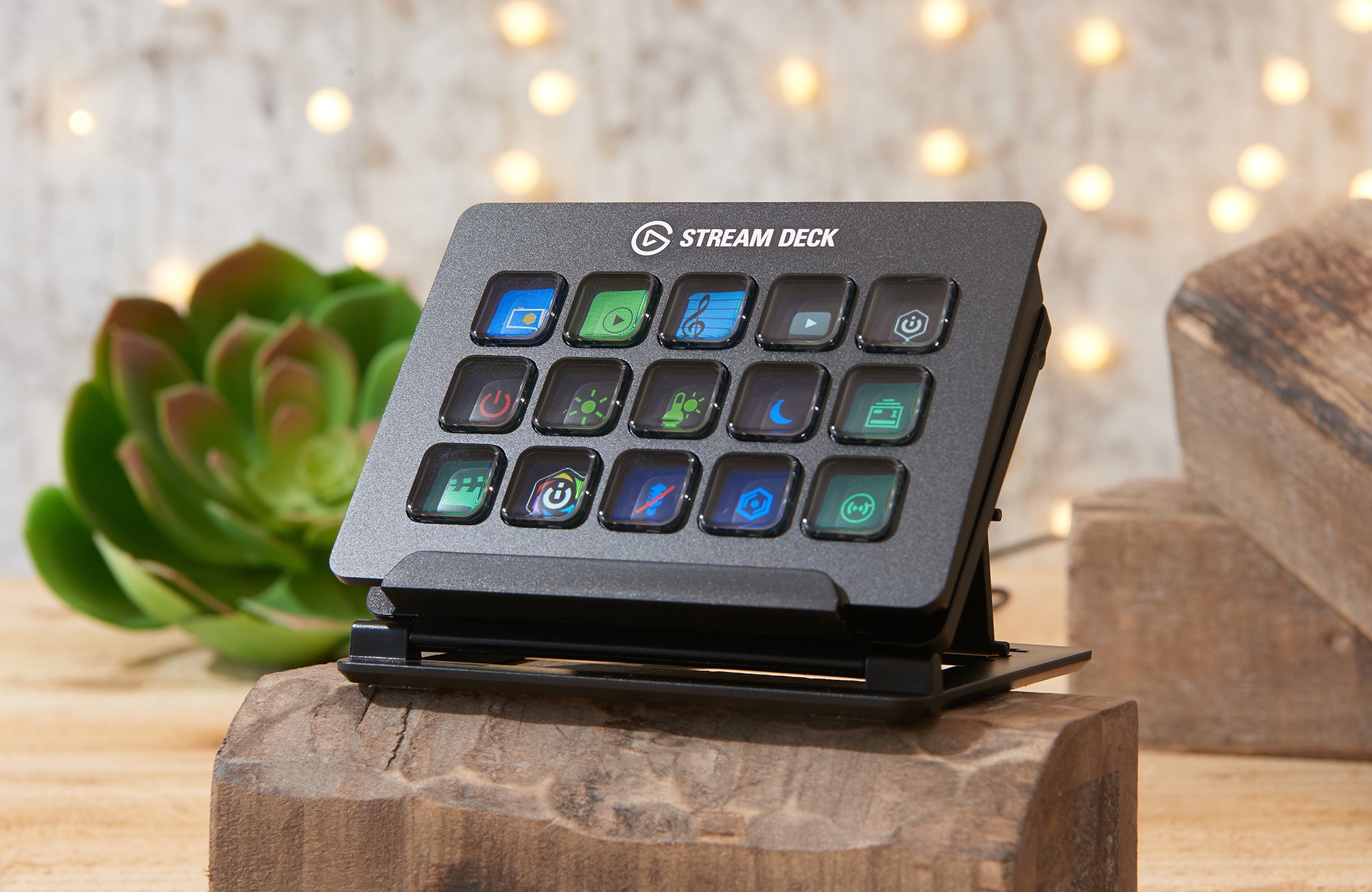
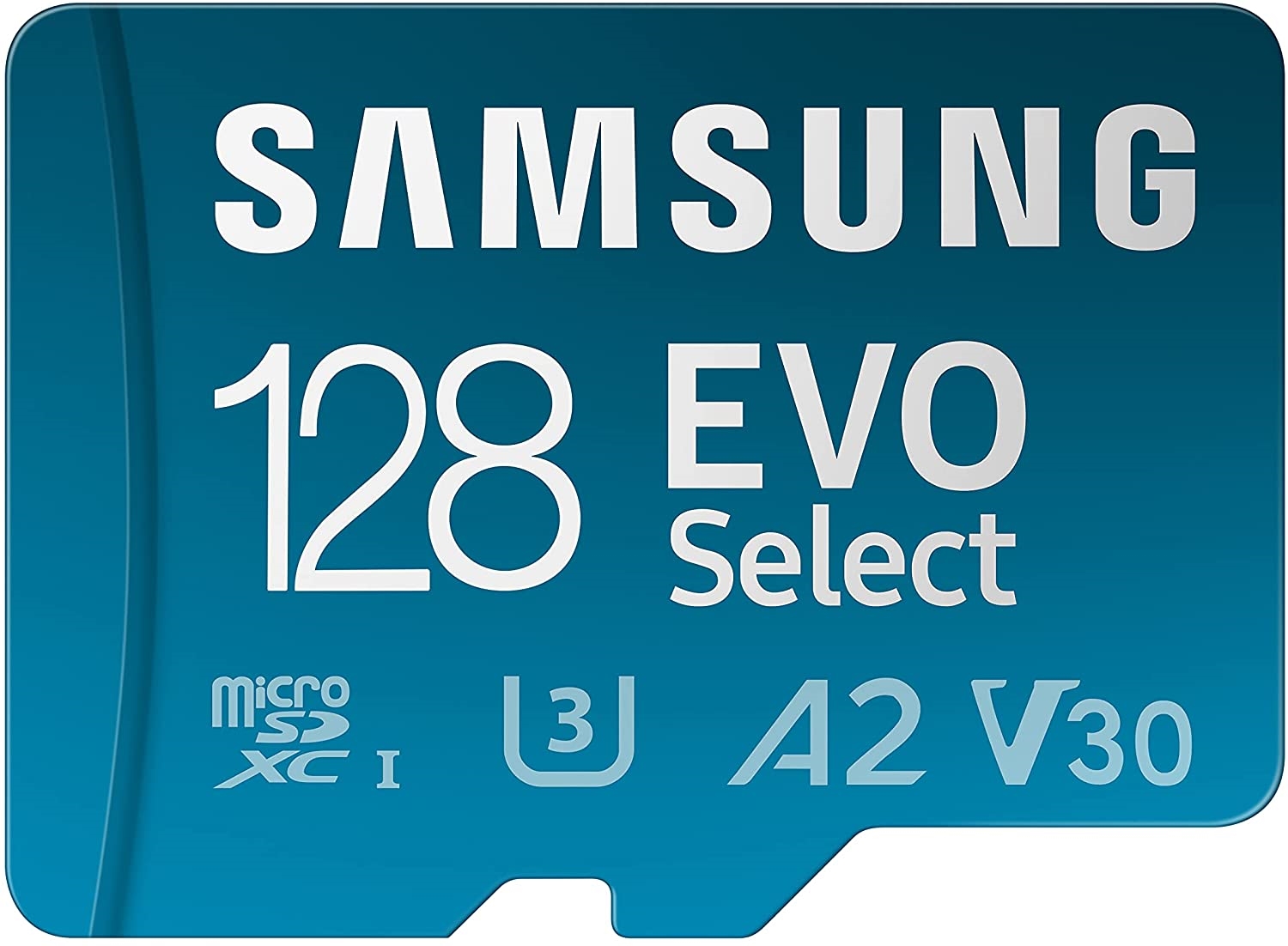
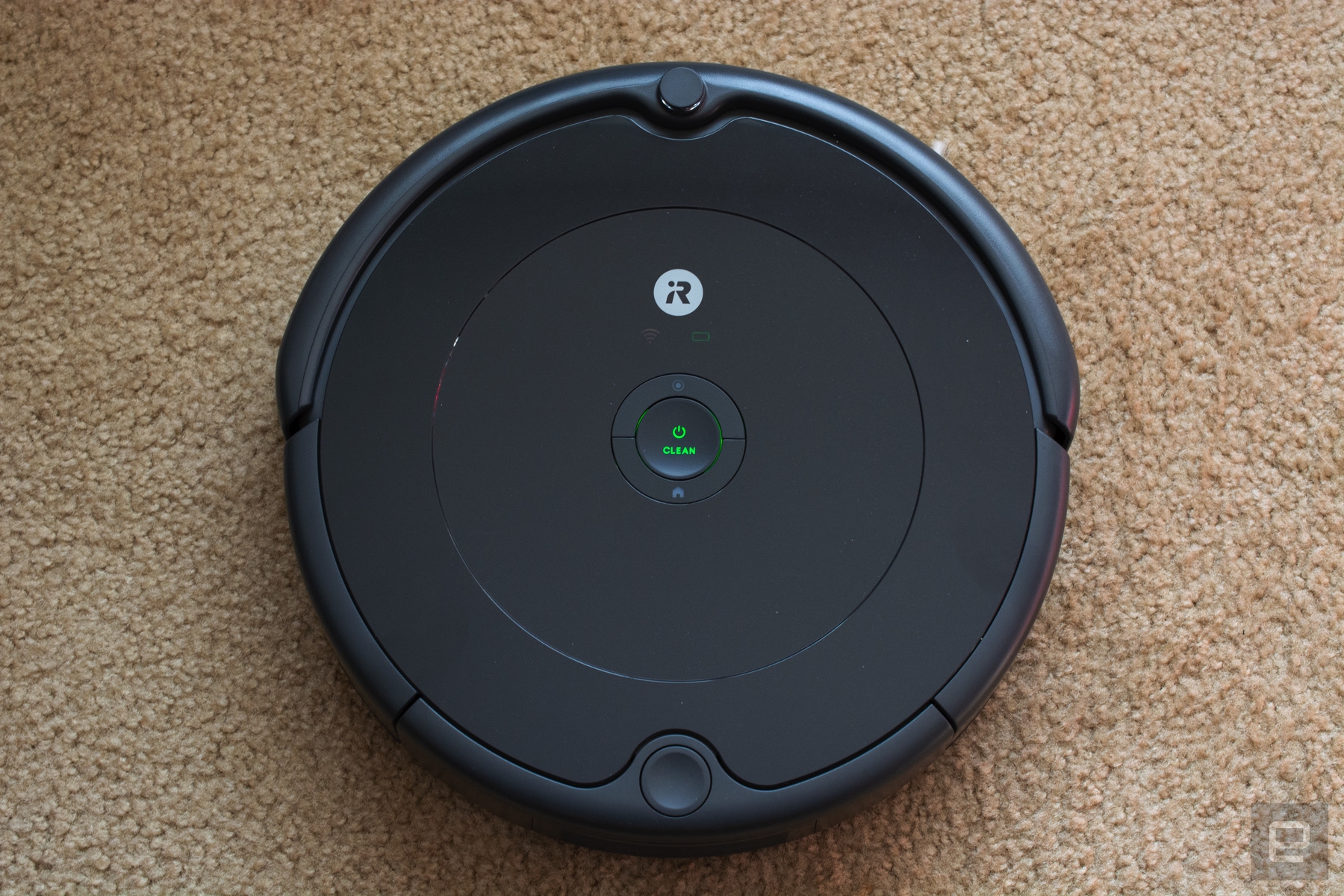
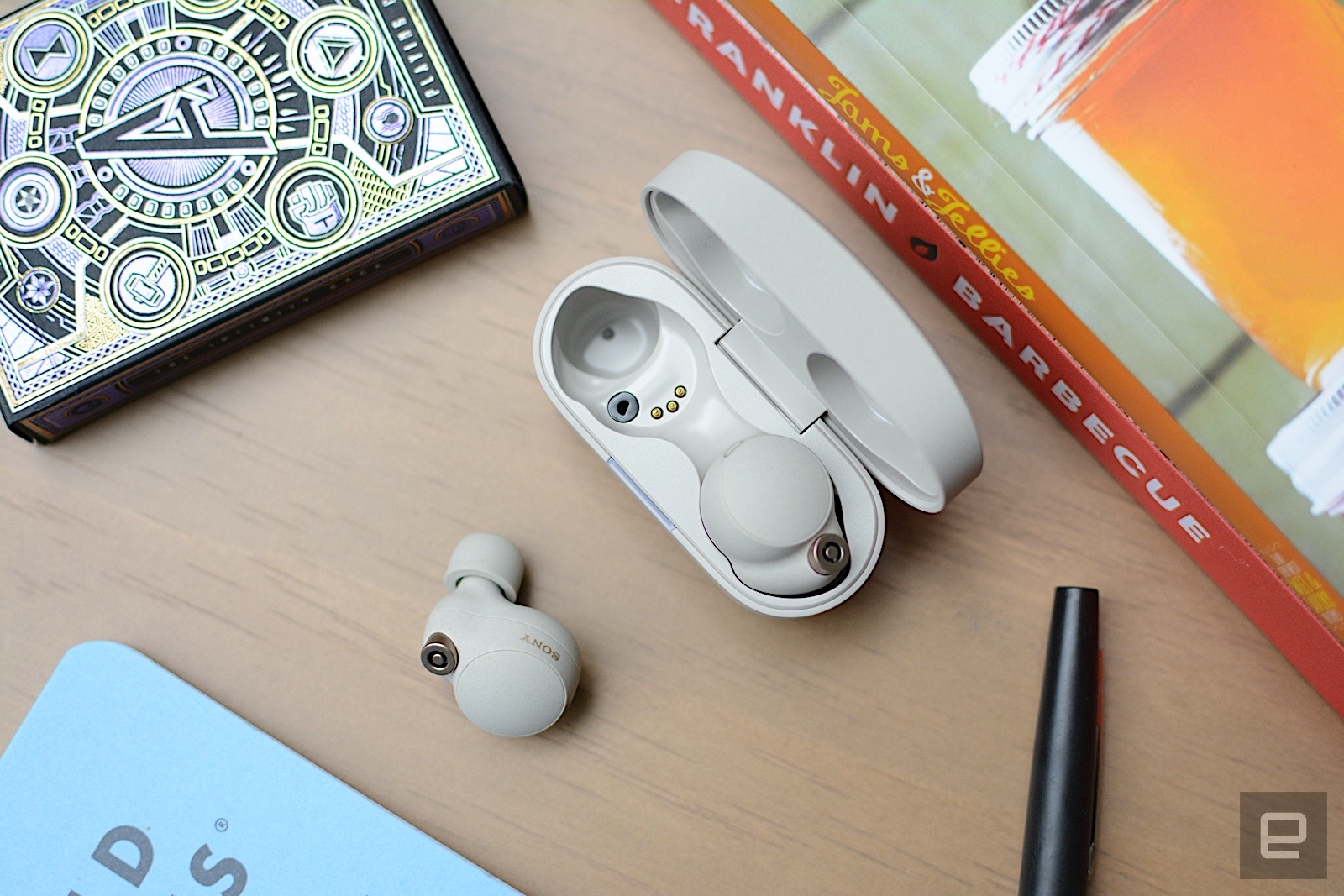
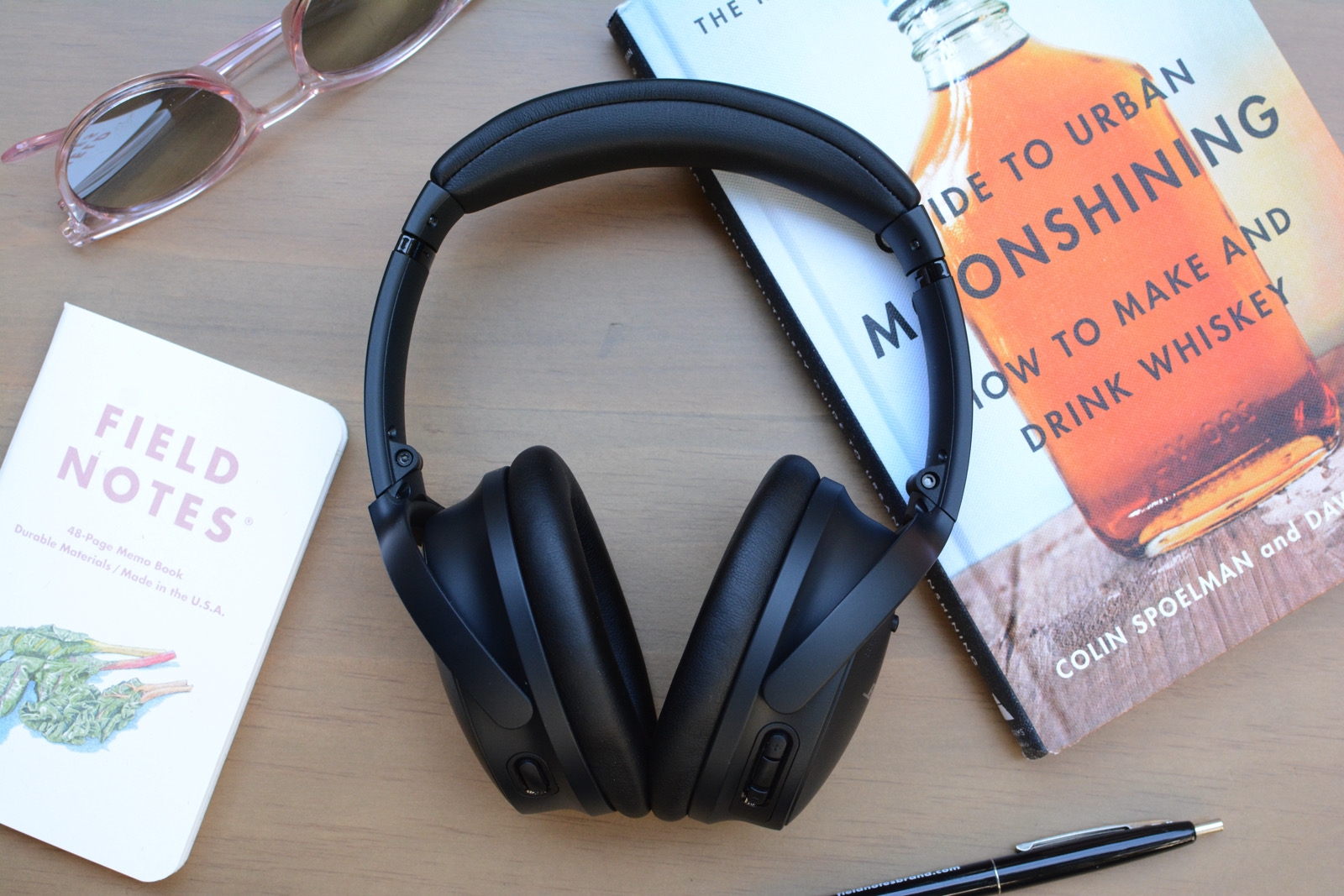

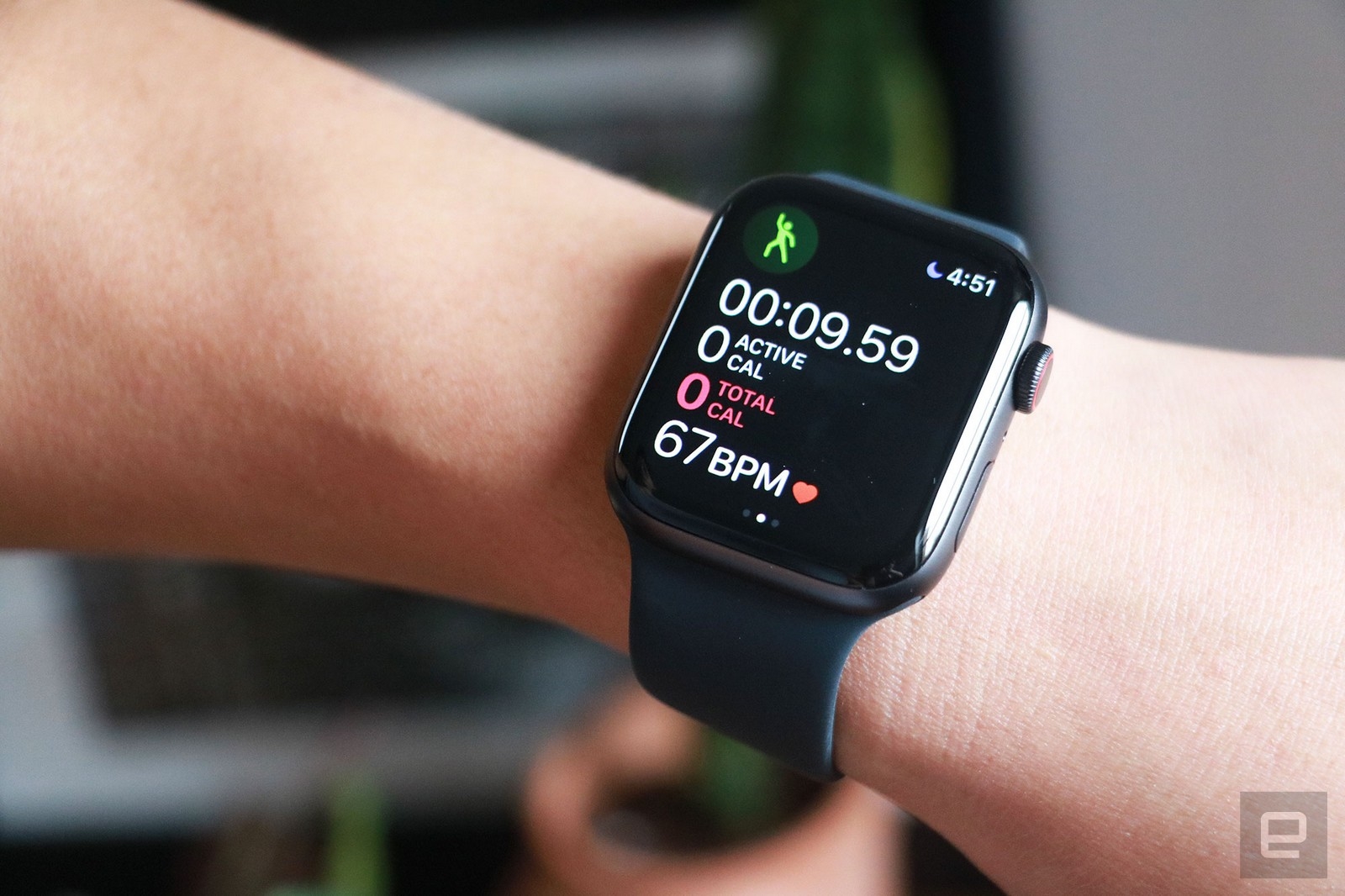
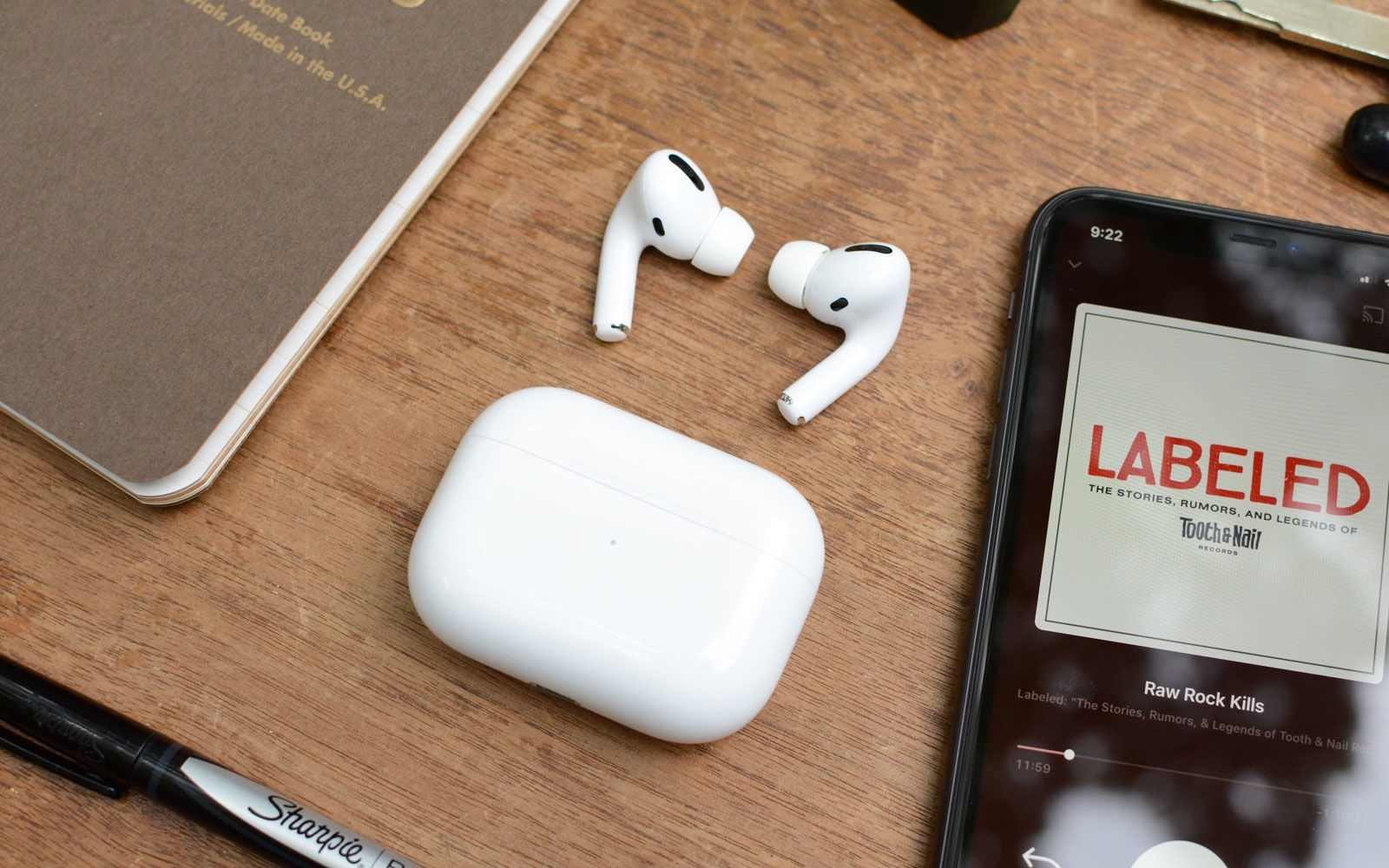
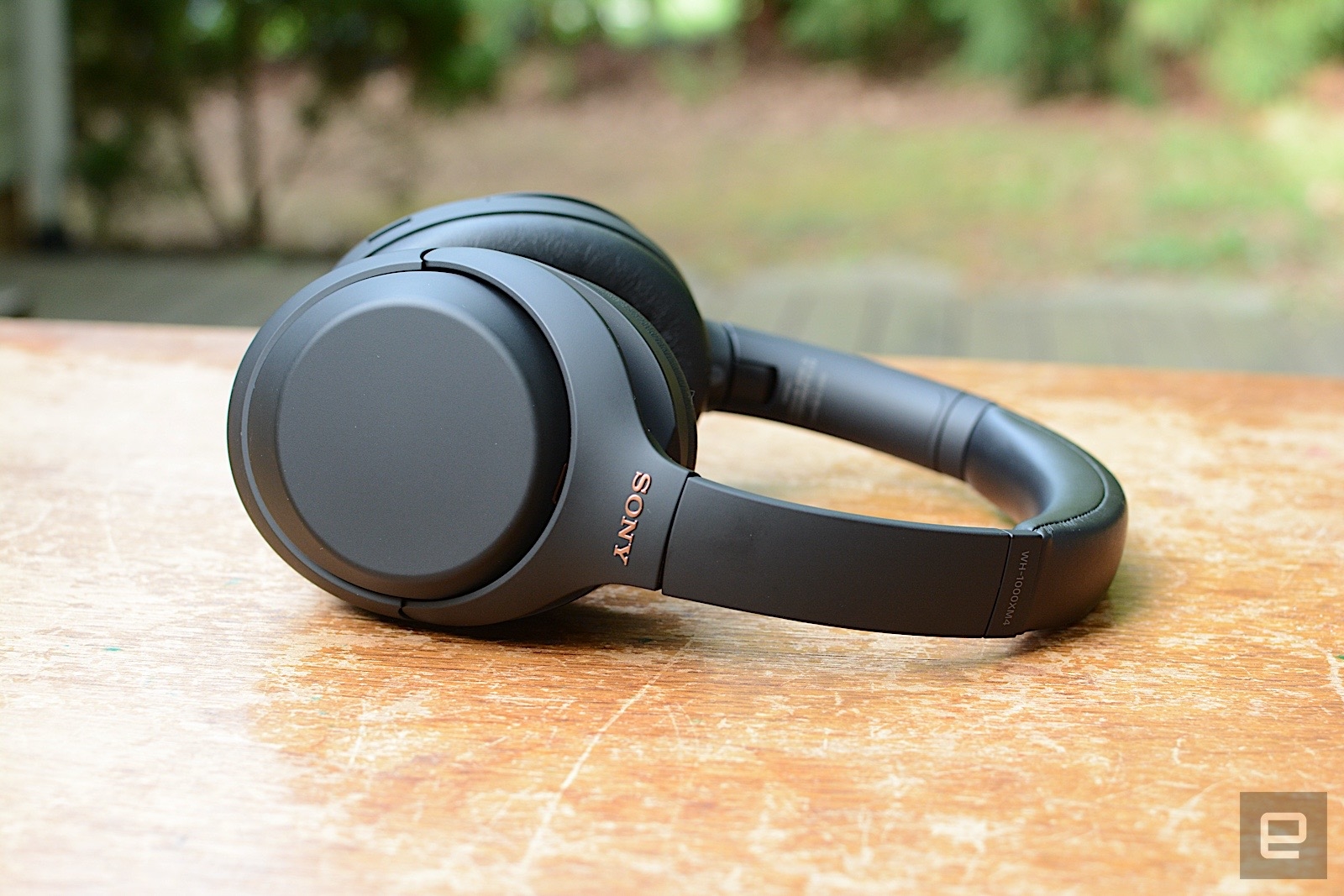
(33)

